I’m a white paper cake hunter. I like finding teas that are, basically, what they call “white paper” cakes or “three have-not” cakes. Generally speaking, that means cakes that have a no name brand, with no neifei, no wrapper, and no neipiao. In other words, there are no identifiers anywhere that tells you what it is. If I broaden the definition a little, it also means cakes from tiny factories and other workshops that might as well be no name.
Now, hunting for these things is easy, but finding good ones is much harder. If you browse on Taobao you can find hundreds of these no-name cakes, but very few of them will be good. Most of them fall into the “crap that will never get better” or “is this even pu?” category. Sometimes, once in a while, you’ll find winners.
I think the allure of such teas for me is that I derive pleasure in locating good teas that are unnoticed, the same reason why I sometimes take a gamble on teaware that nobody wants to buy. Sometimes you get lucky, and will get away with a great tea.
The same can be done, to a lesser and less interesting extent, on established websites that sells to the Western market. I routinely try a lot of the little known cakes that people like Scott from YSLLC sells. Recently, a cake I tried, which simply calls itself the Tongchanghuangji Yiwu, turns out to be quite decent. I bought myself a few cakes, and will look forward to enjoying it in the future. I find teas like this to be much, much more satisfying than crowding into another well-known, and well-hyped teas that everyone has heard of. The latest Dayi fads simply don’t interest me. Perhaps this reflects the contrarian in me, and also a bit of an adventurer streak at least in terms of tea drinking. It also is probably because this is what makes the hobby interesting to me – that I’m finding new things that I will then have to analyze and come to a conclusion based on what I find. Following is so boring.

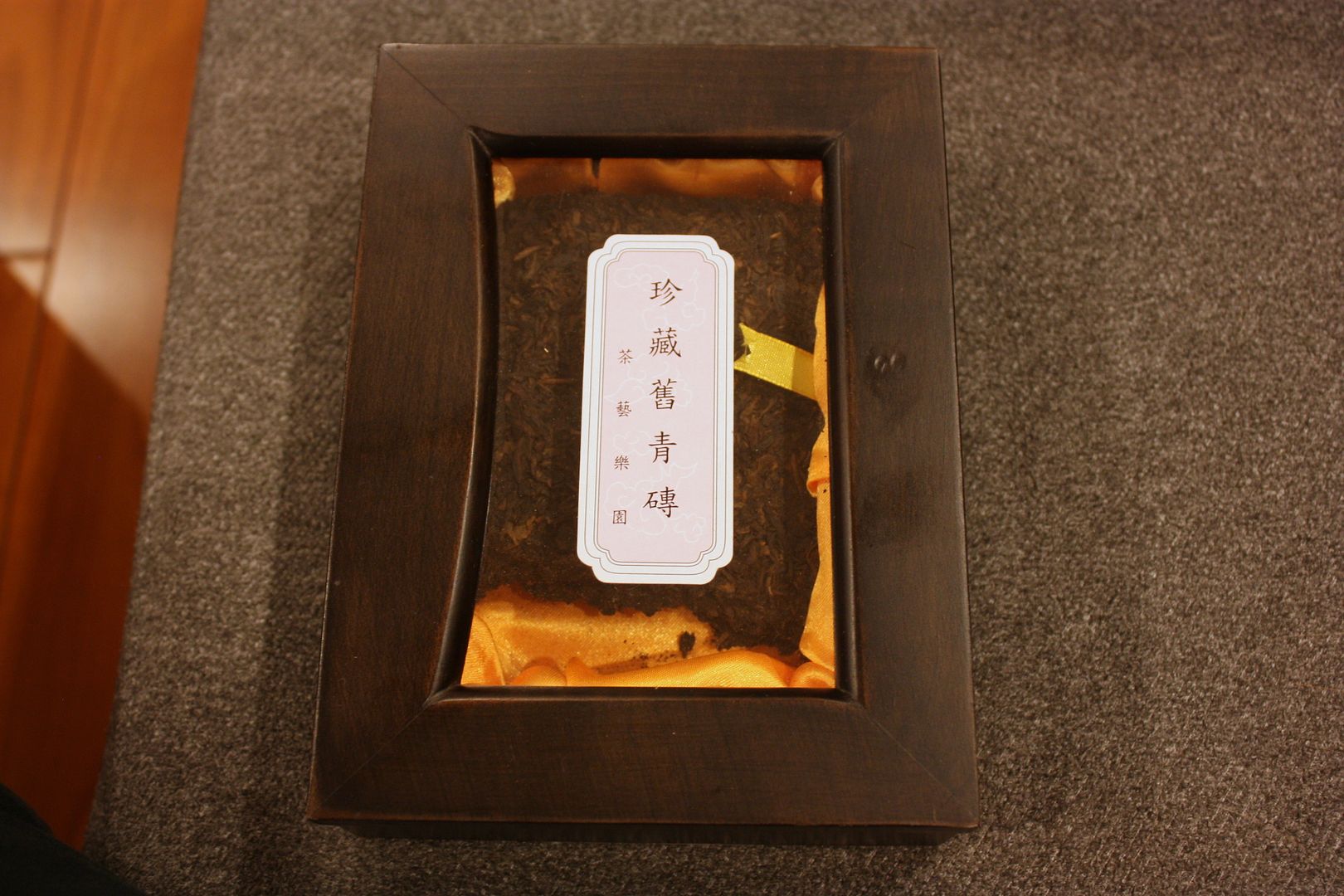
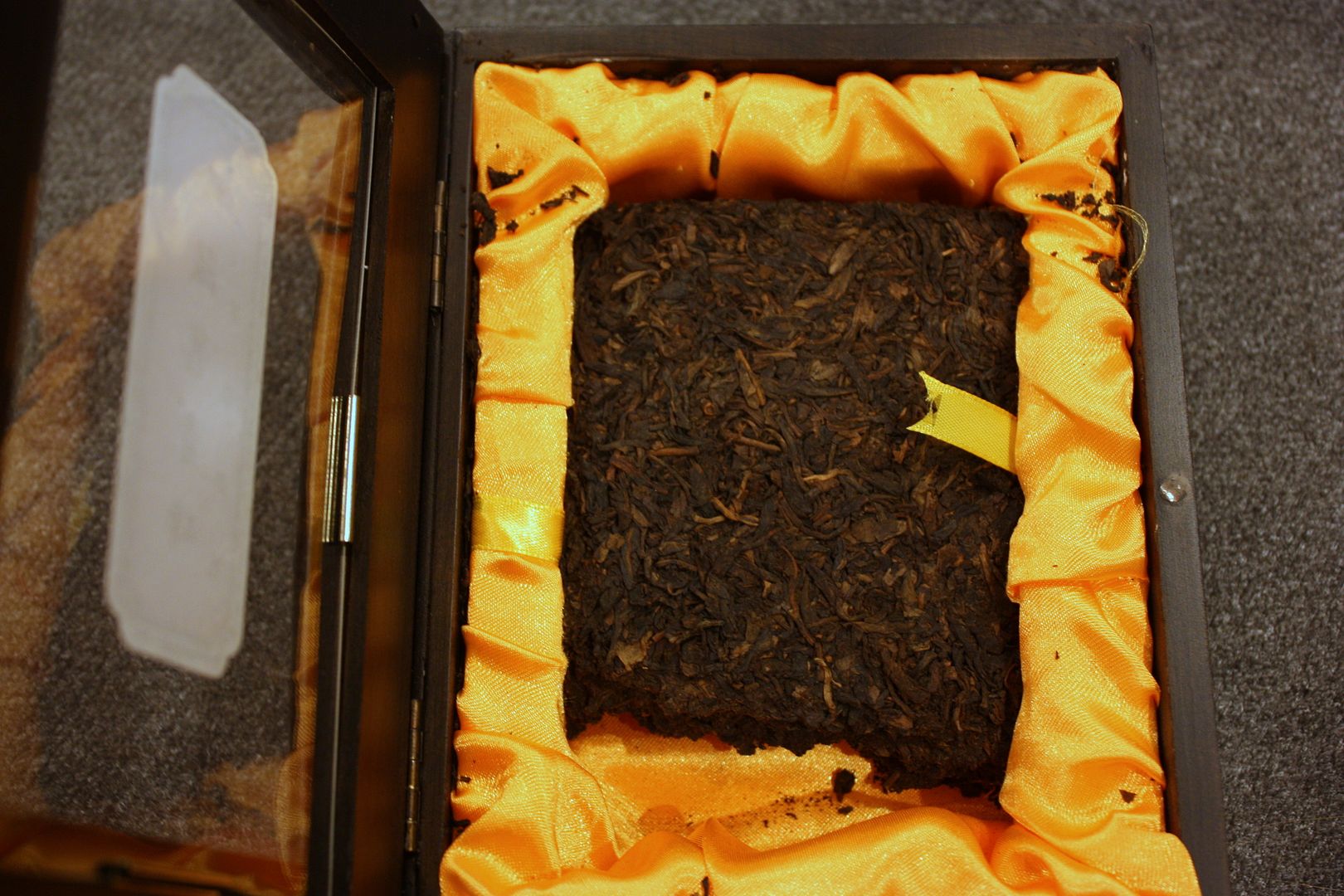
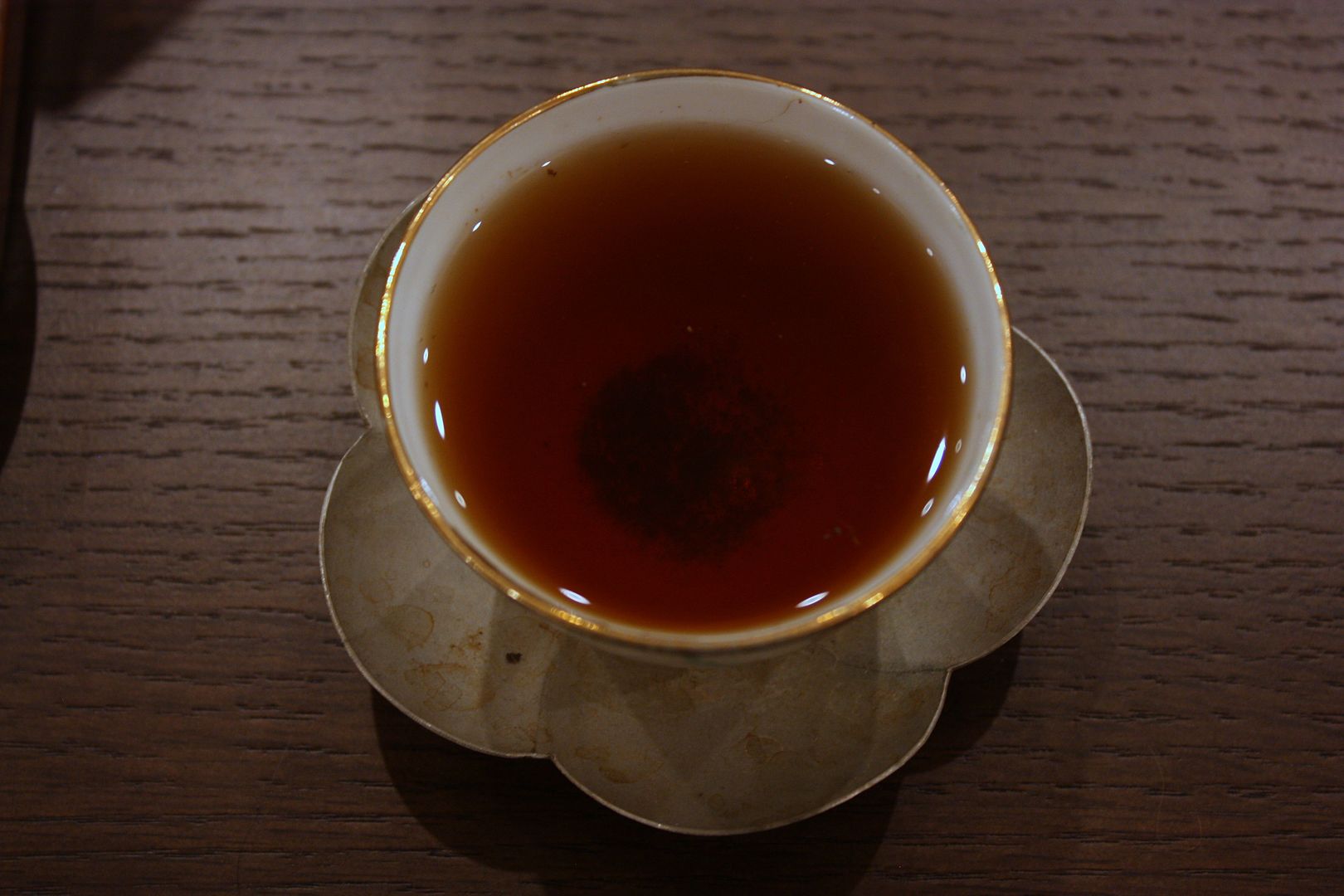
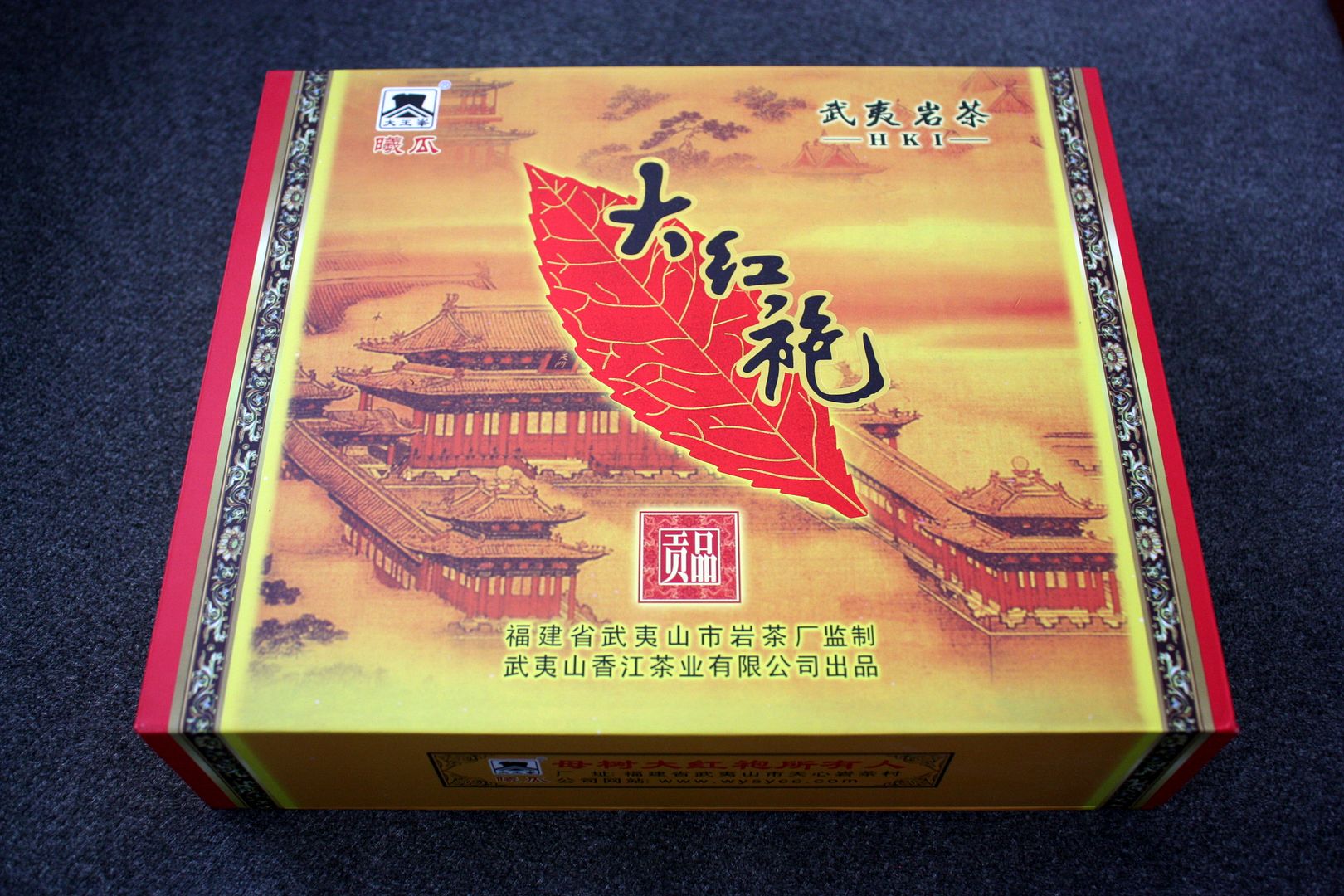
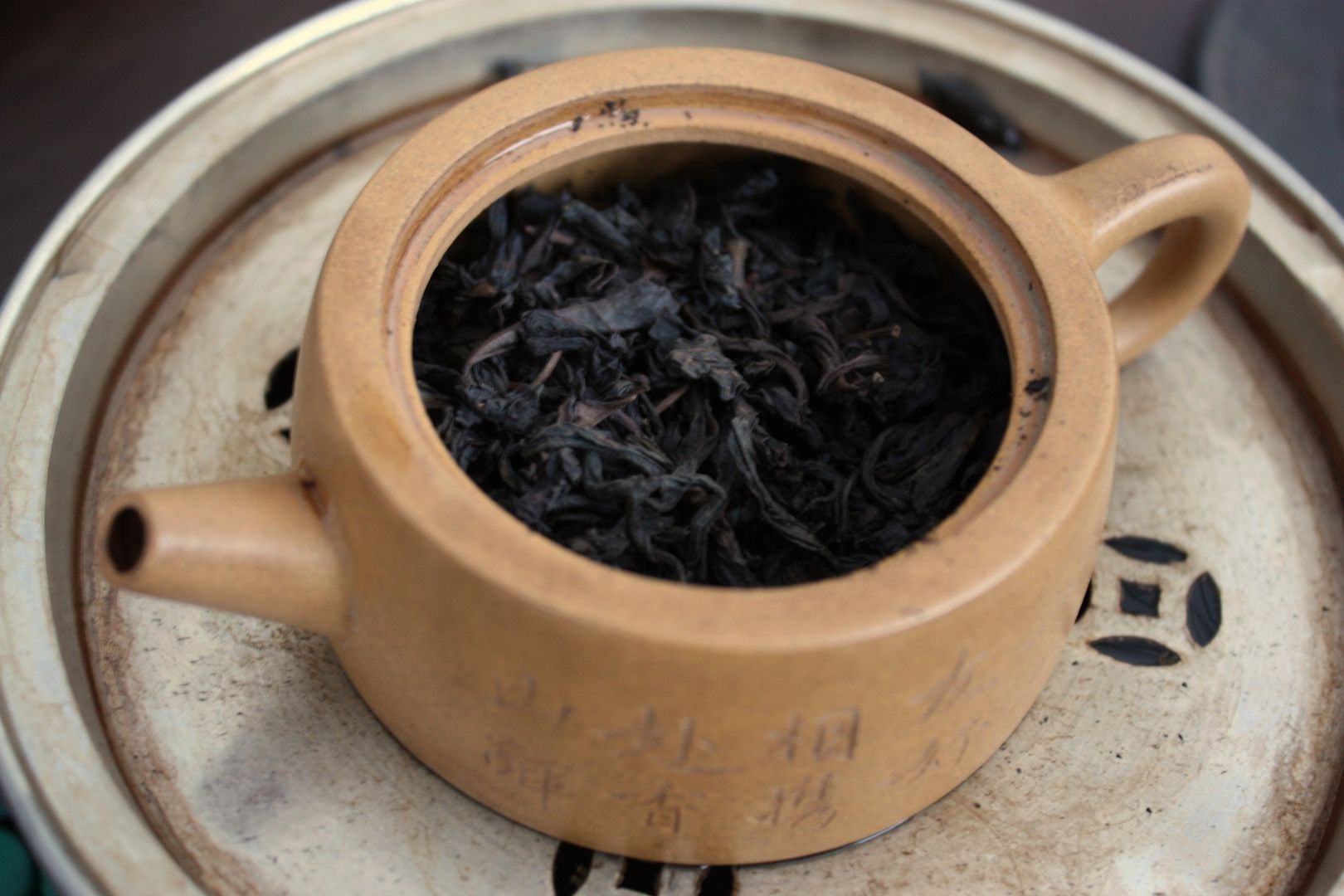
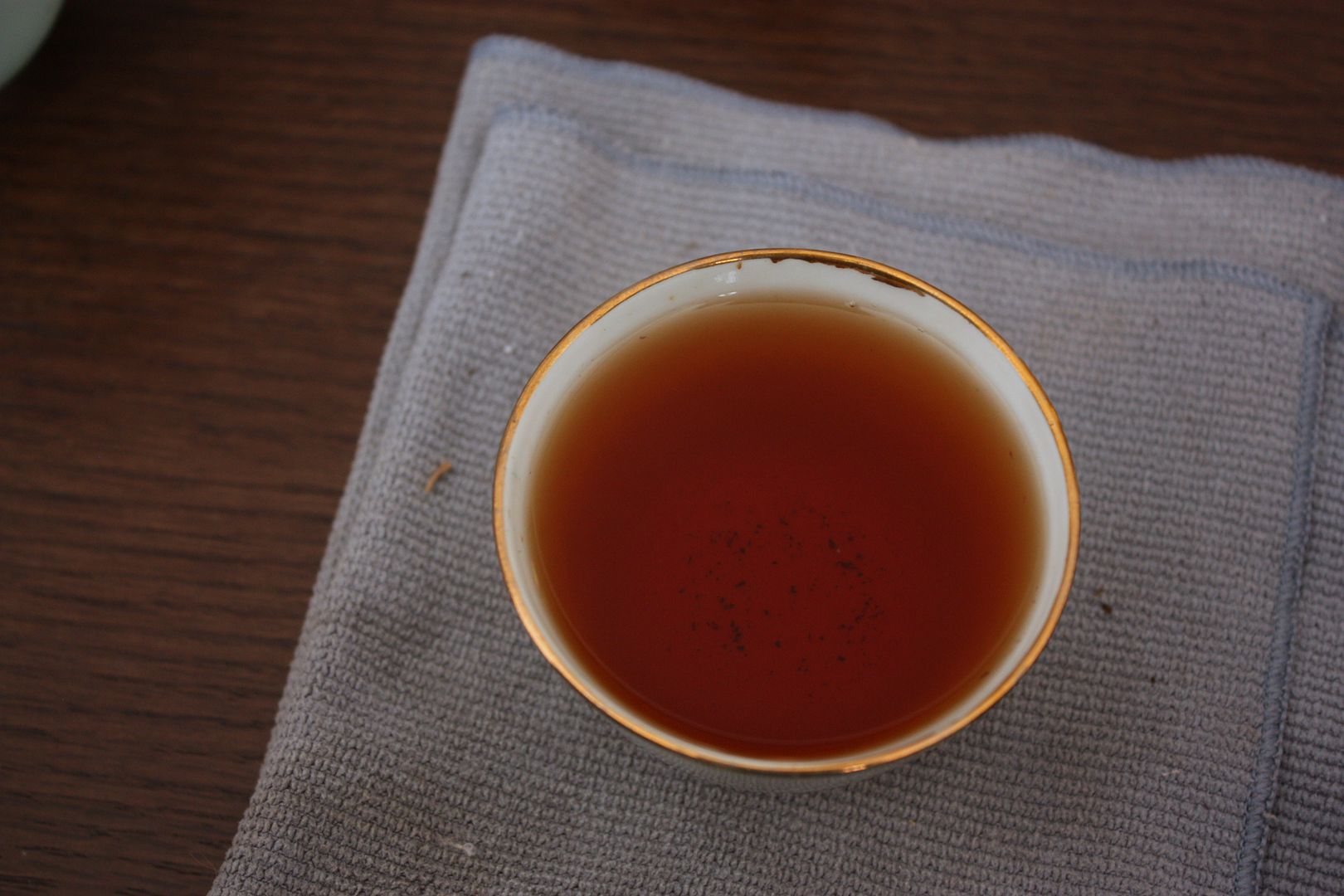
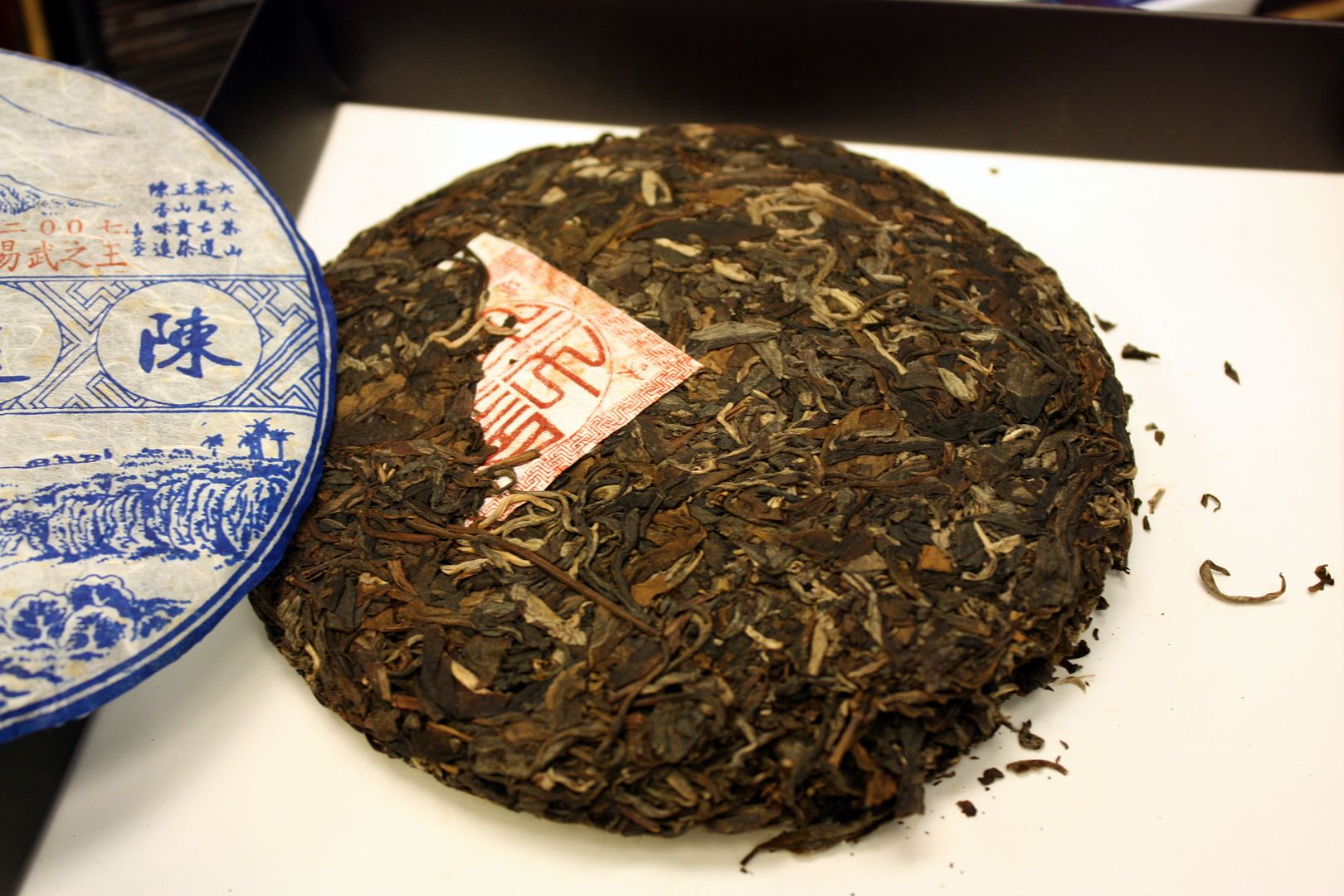
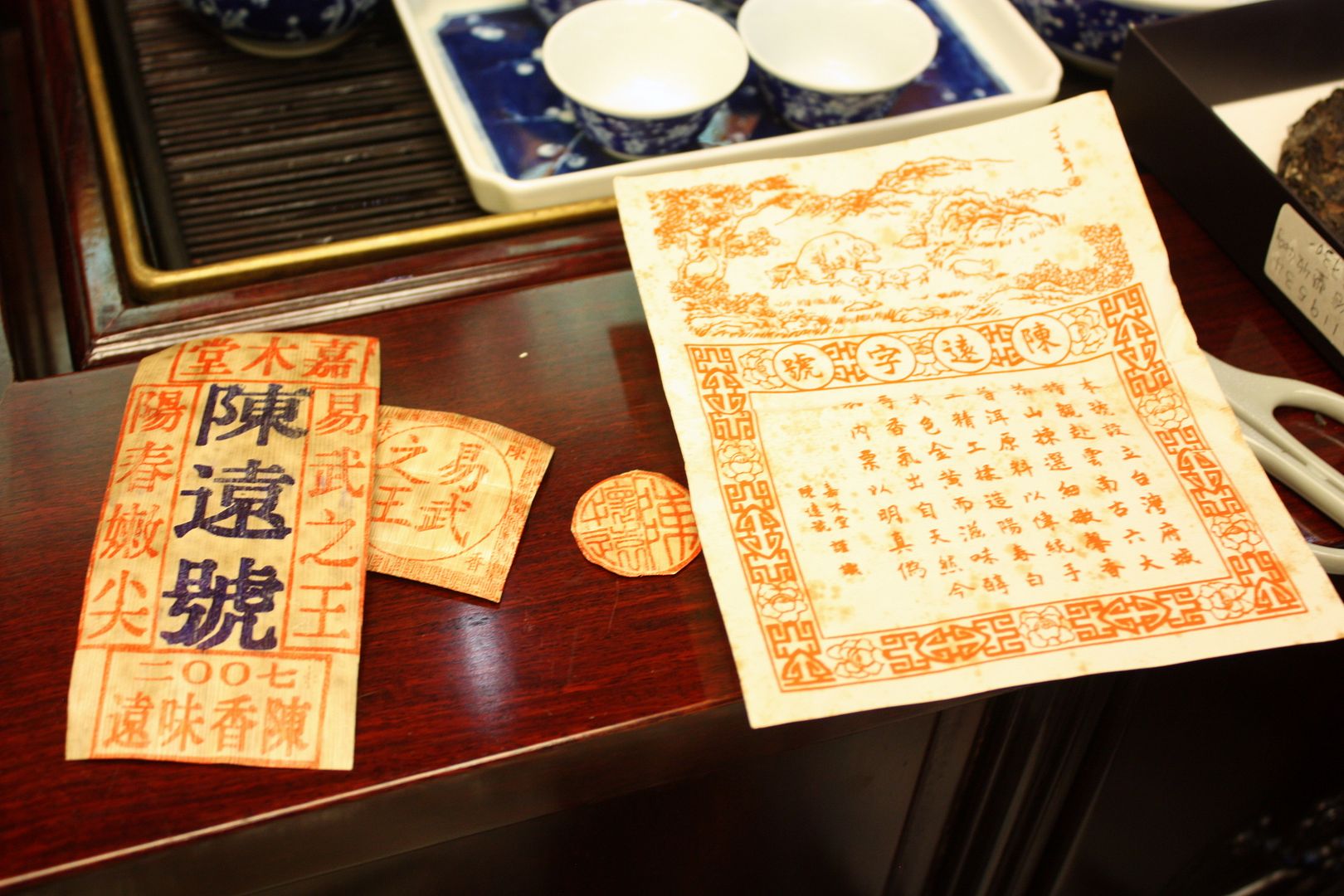
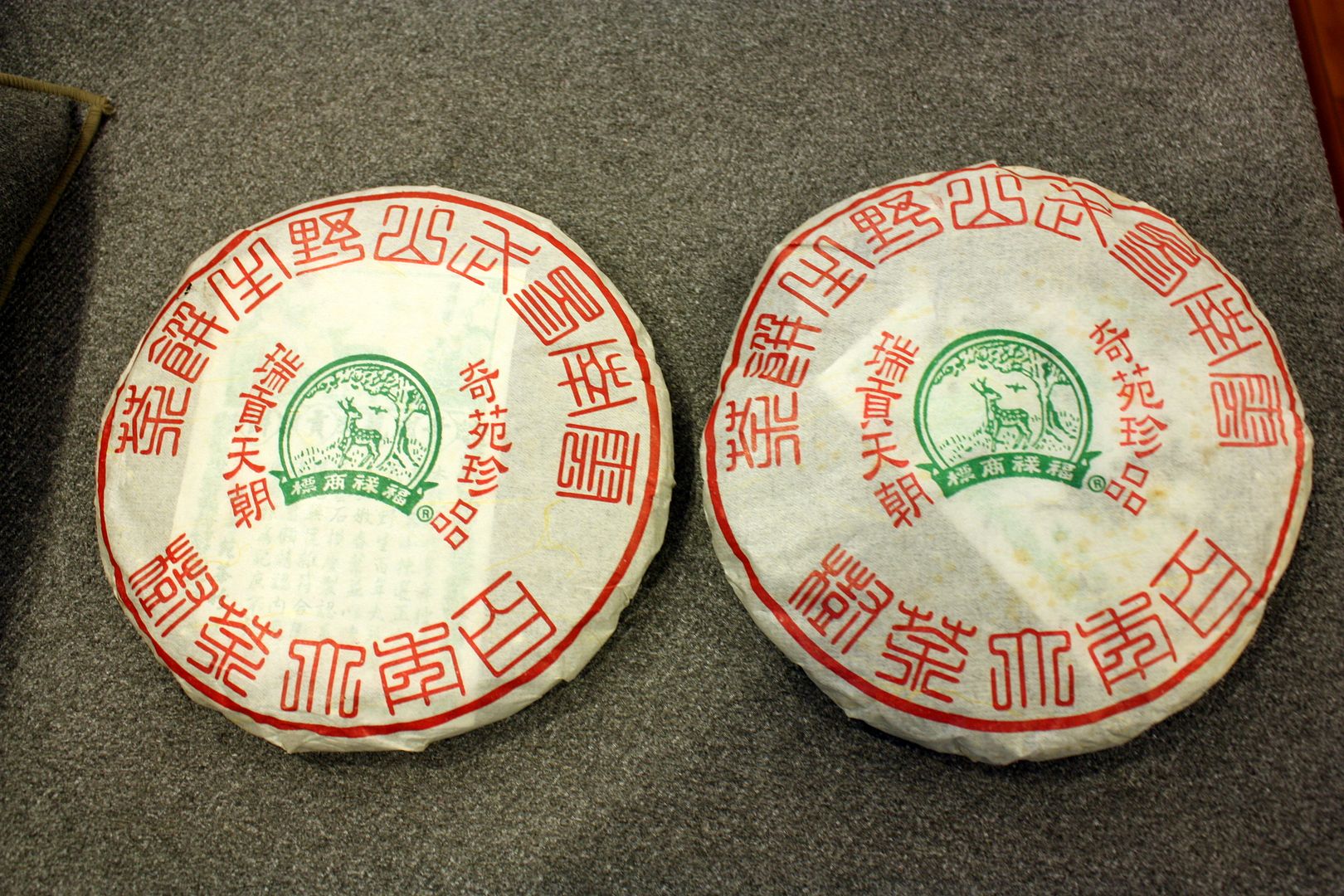
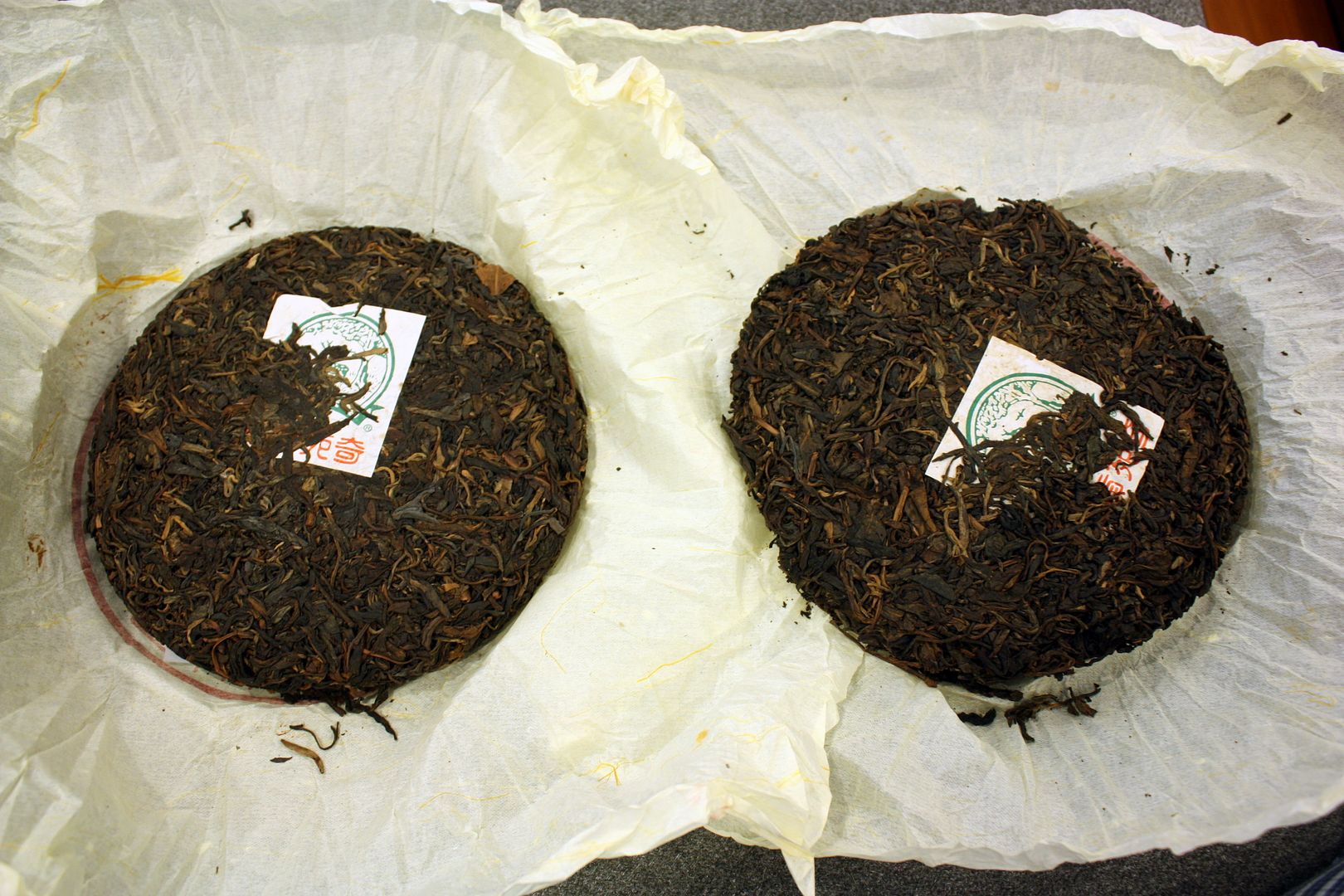
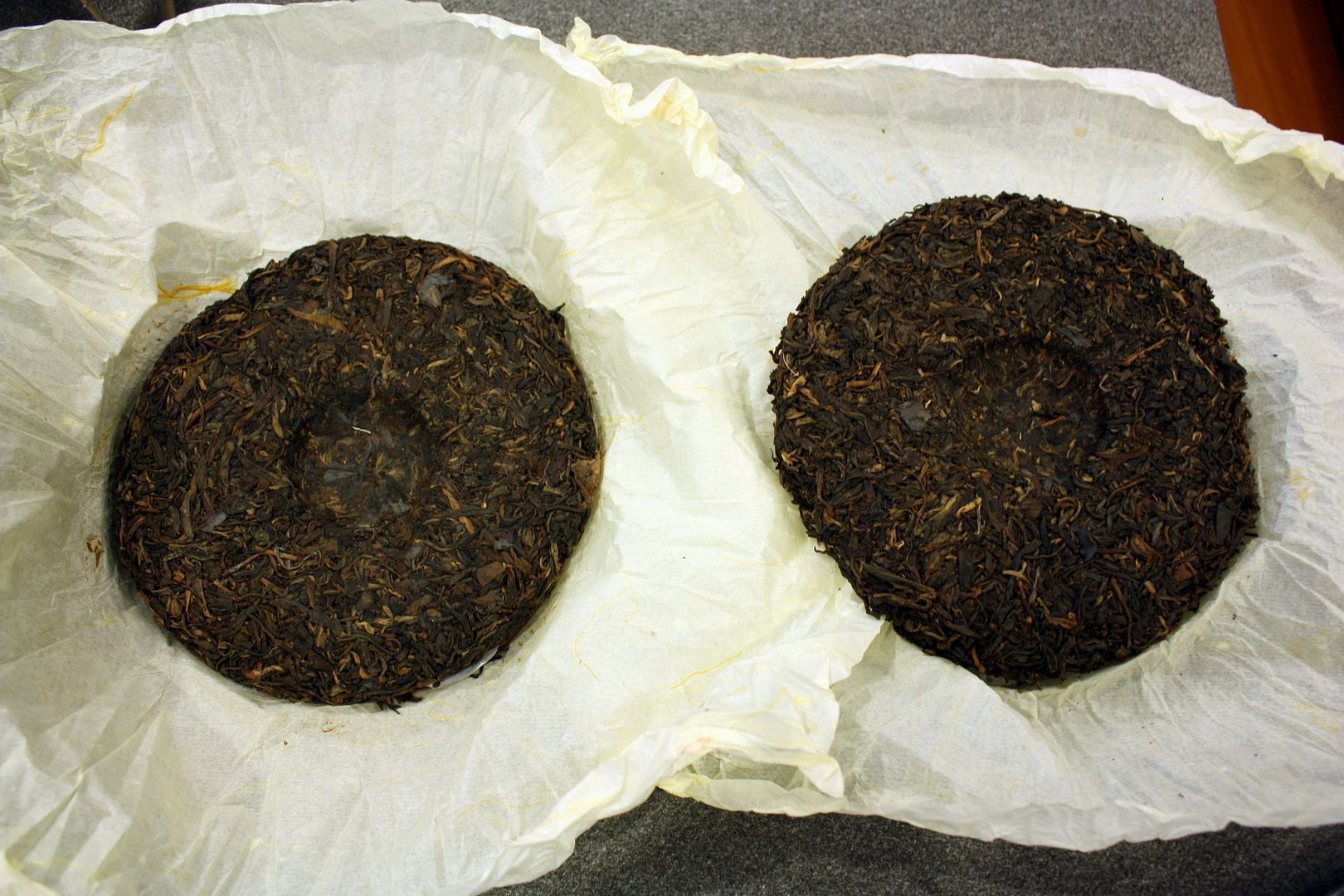
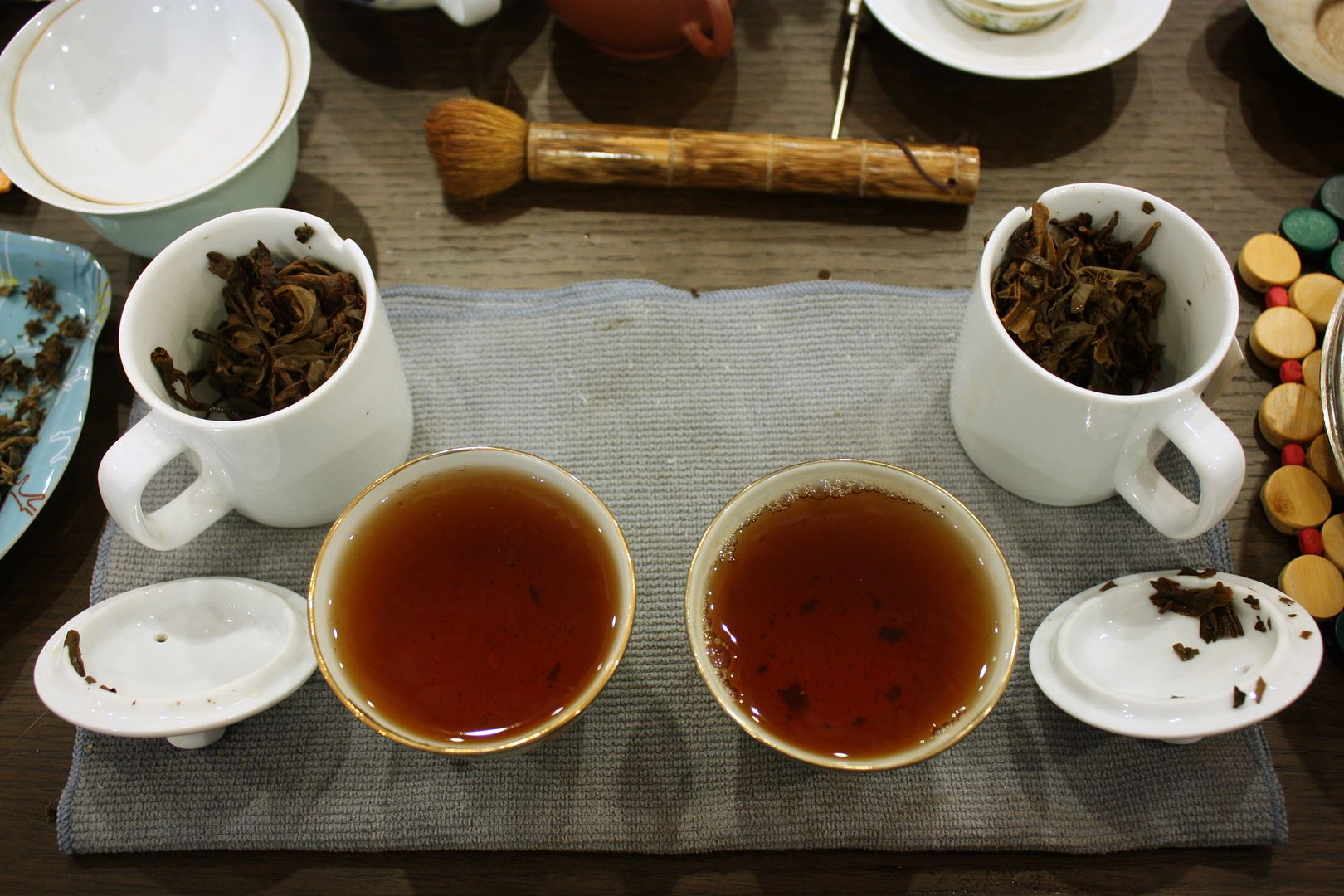
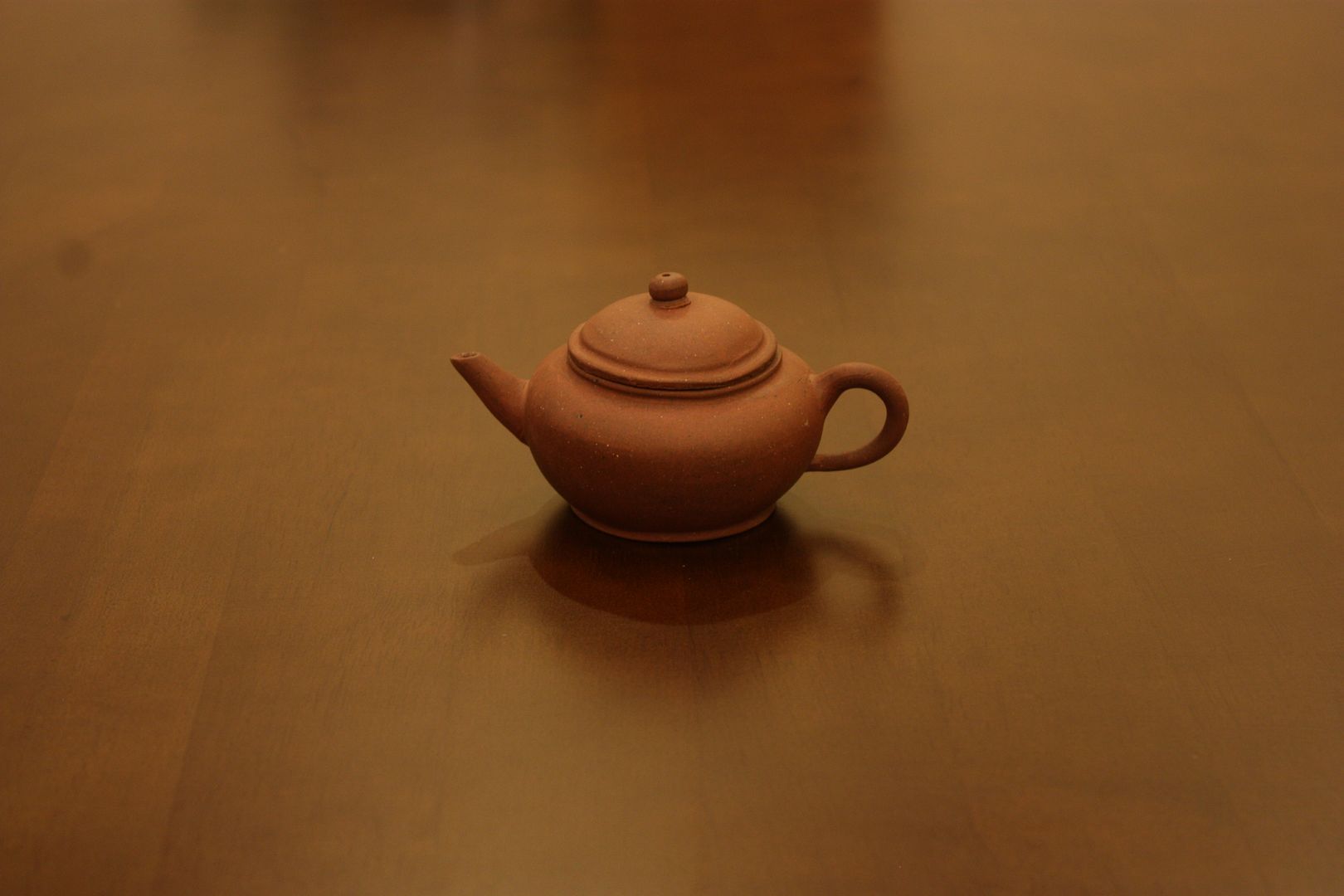
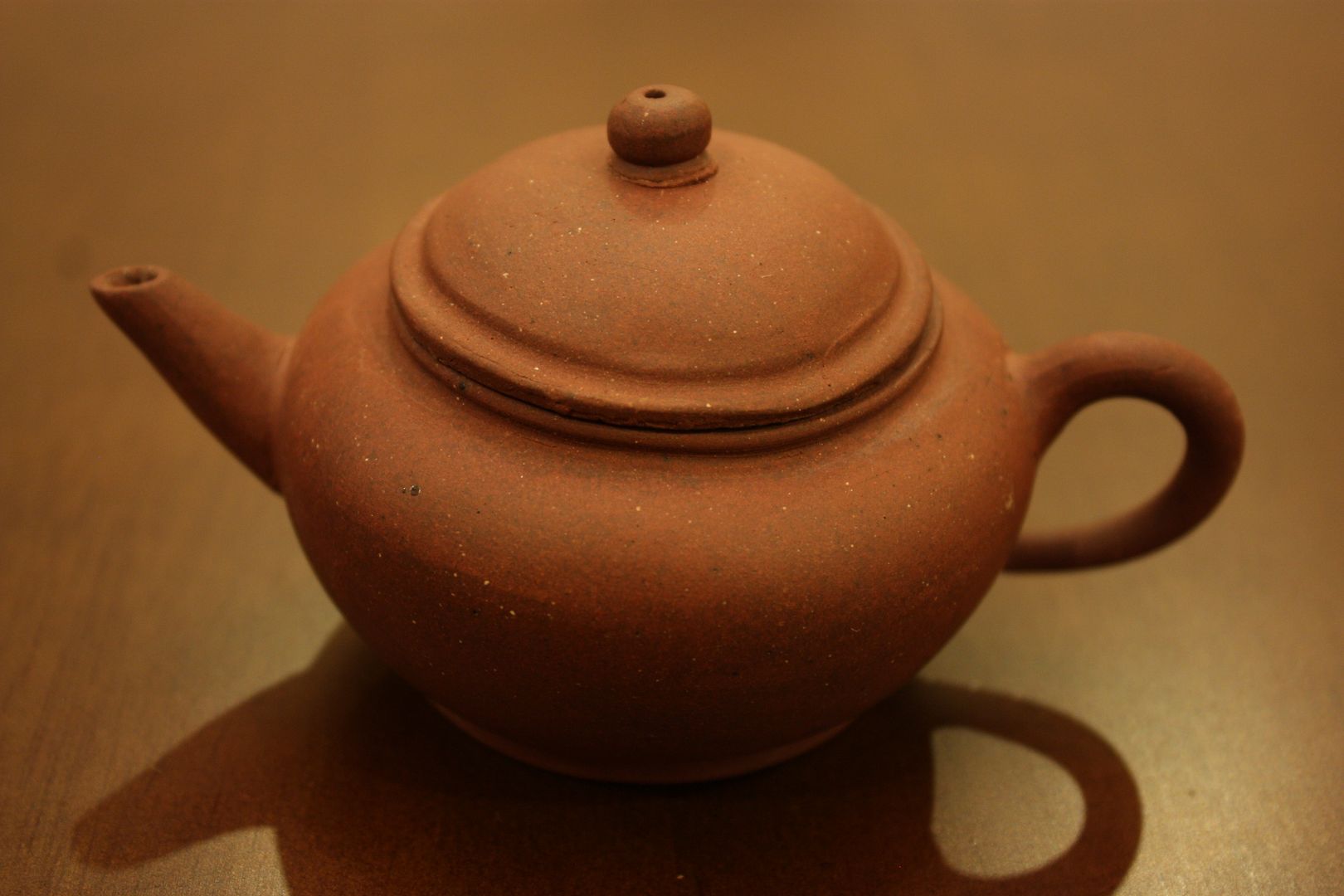
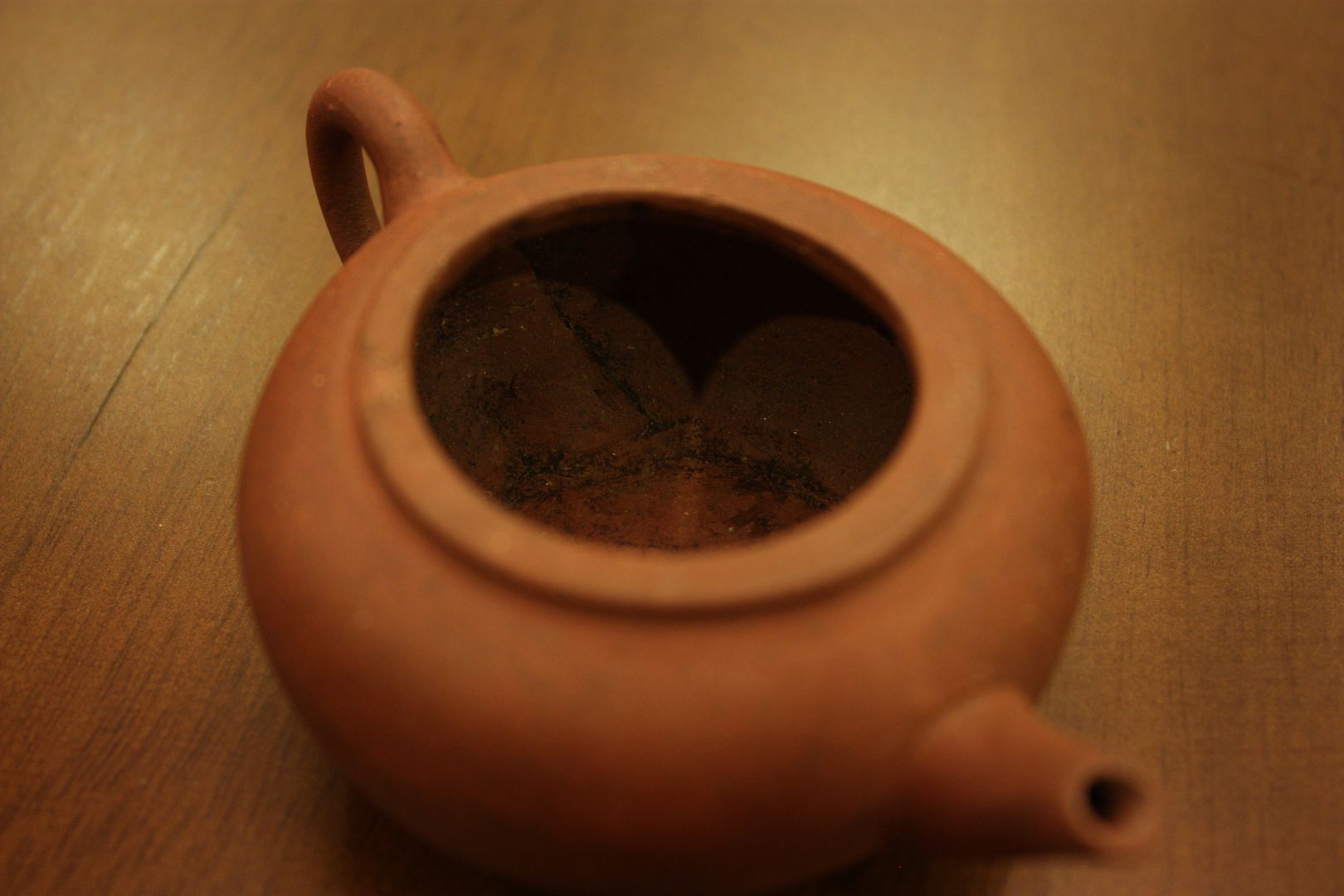
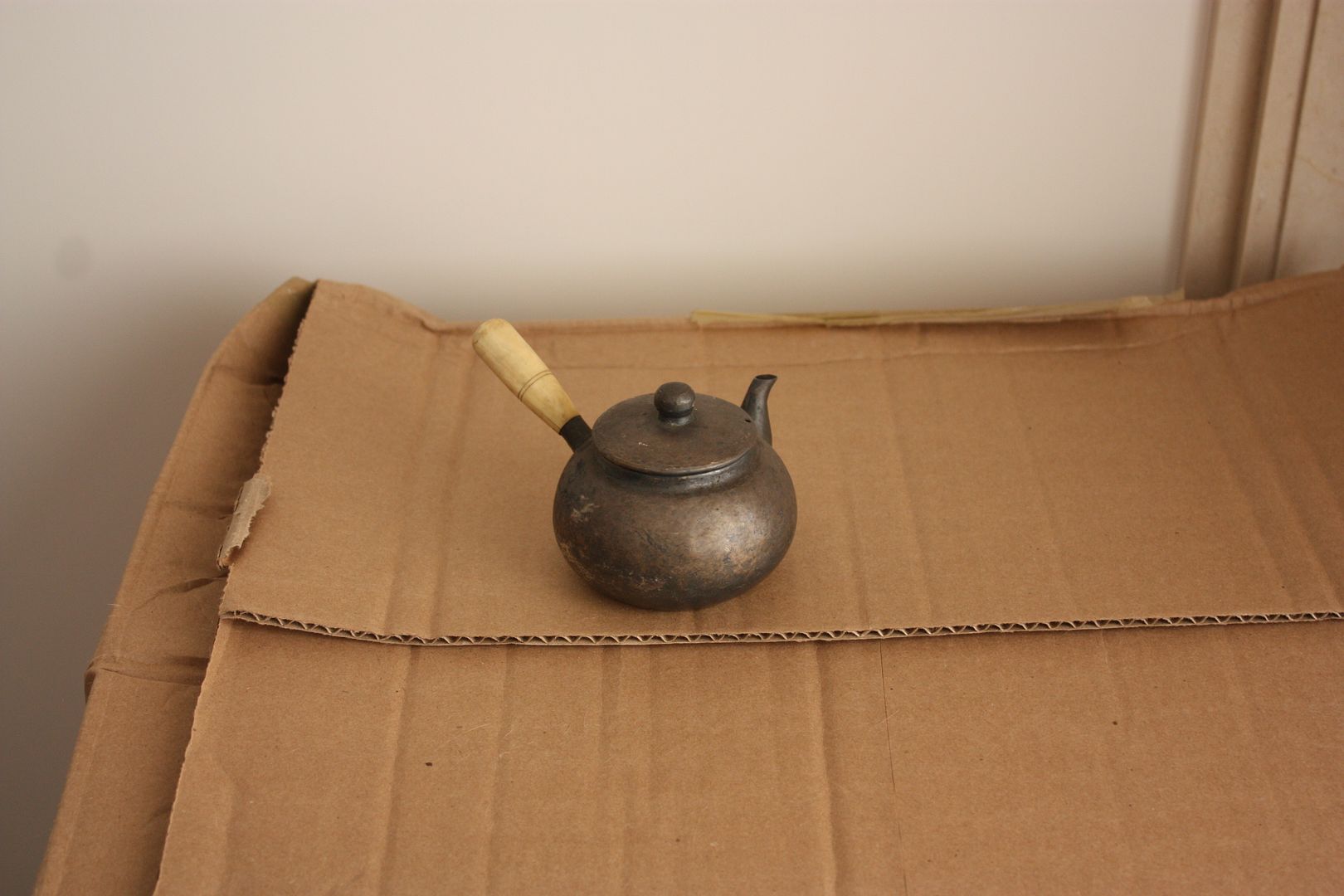
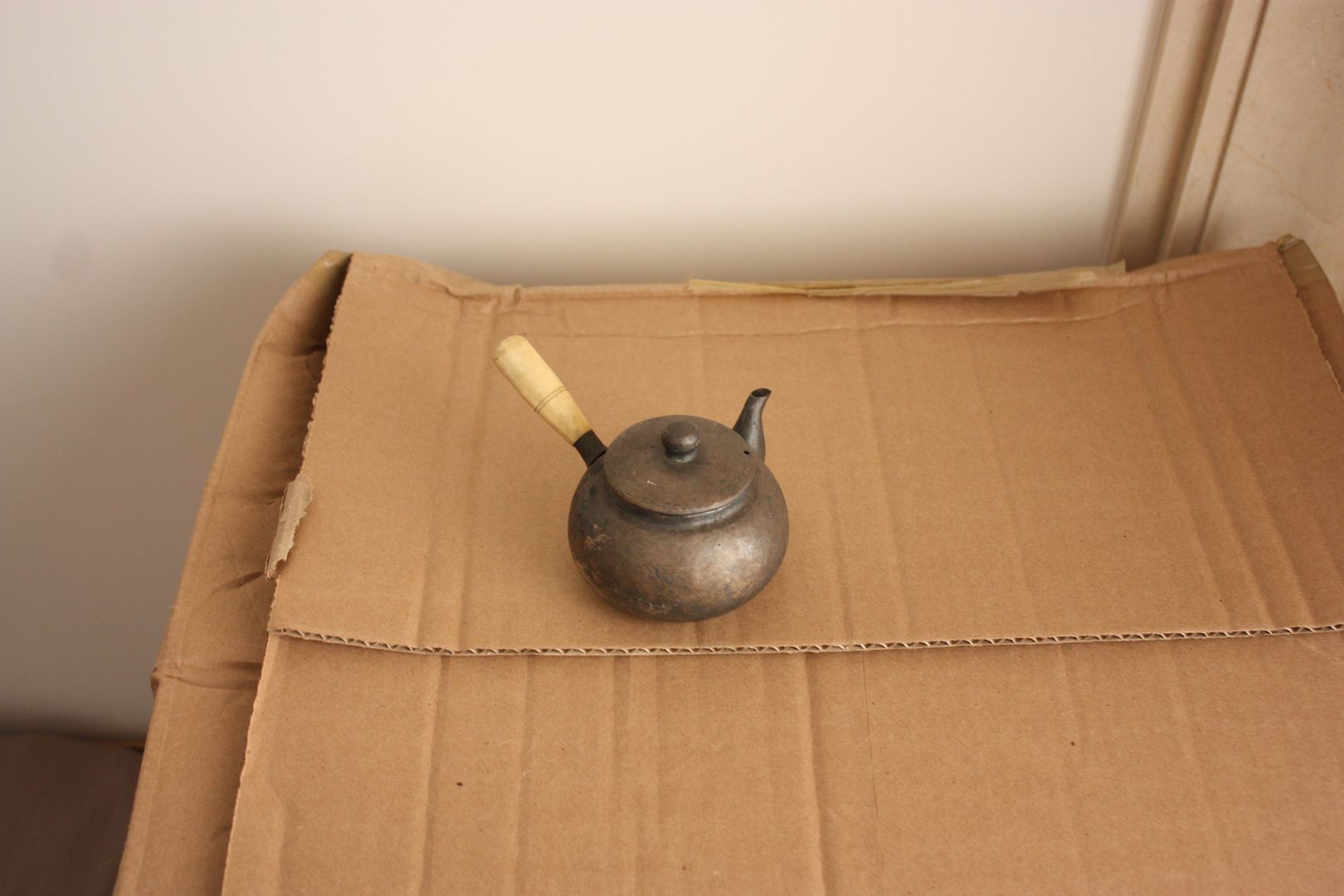
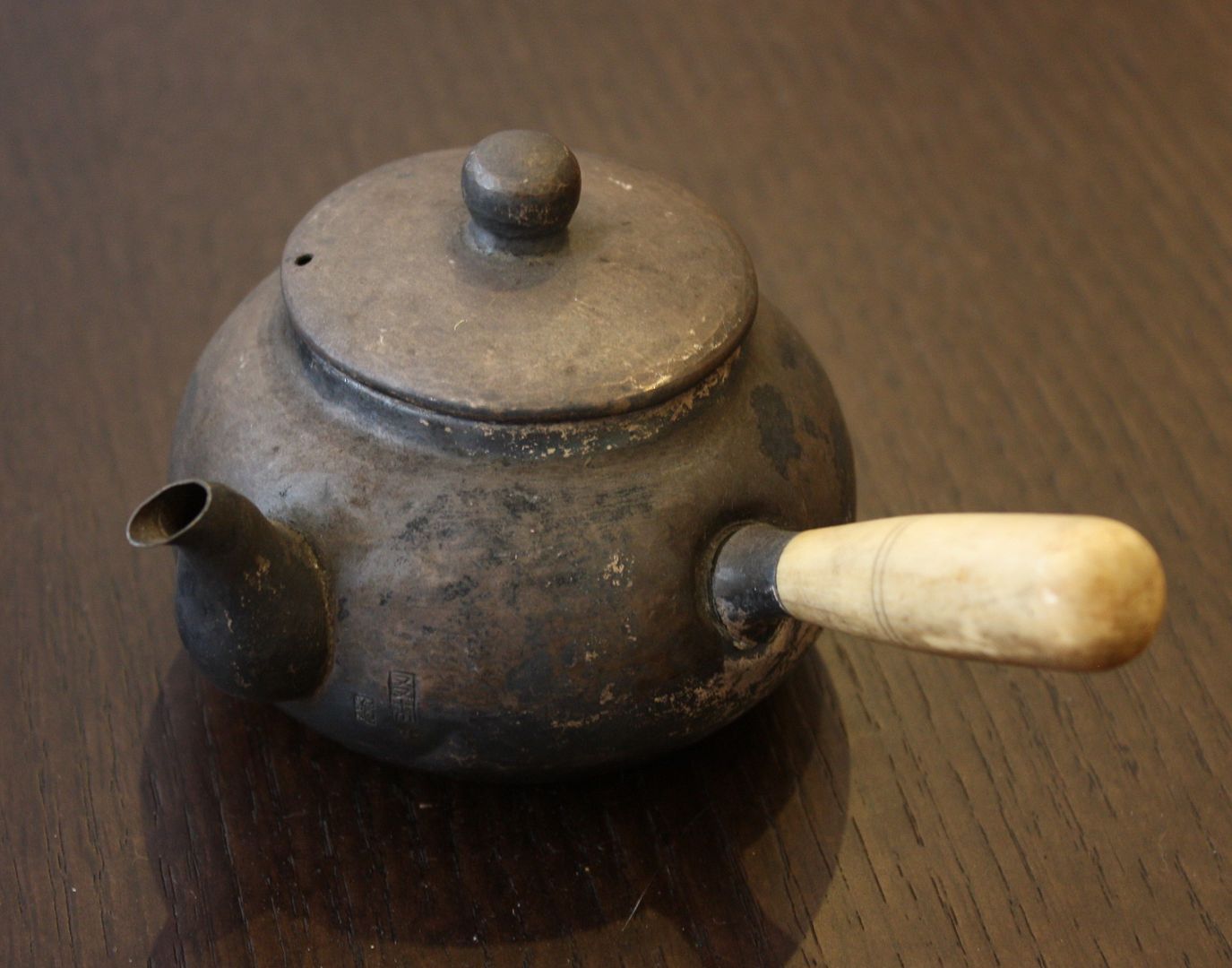
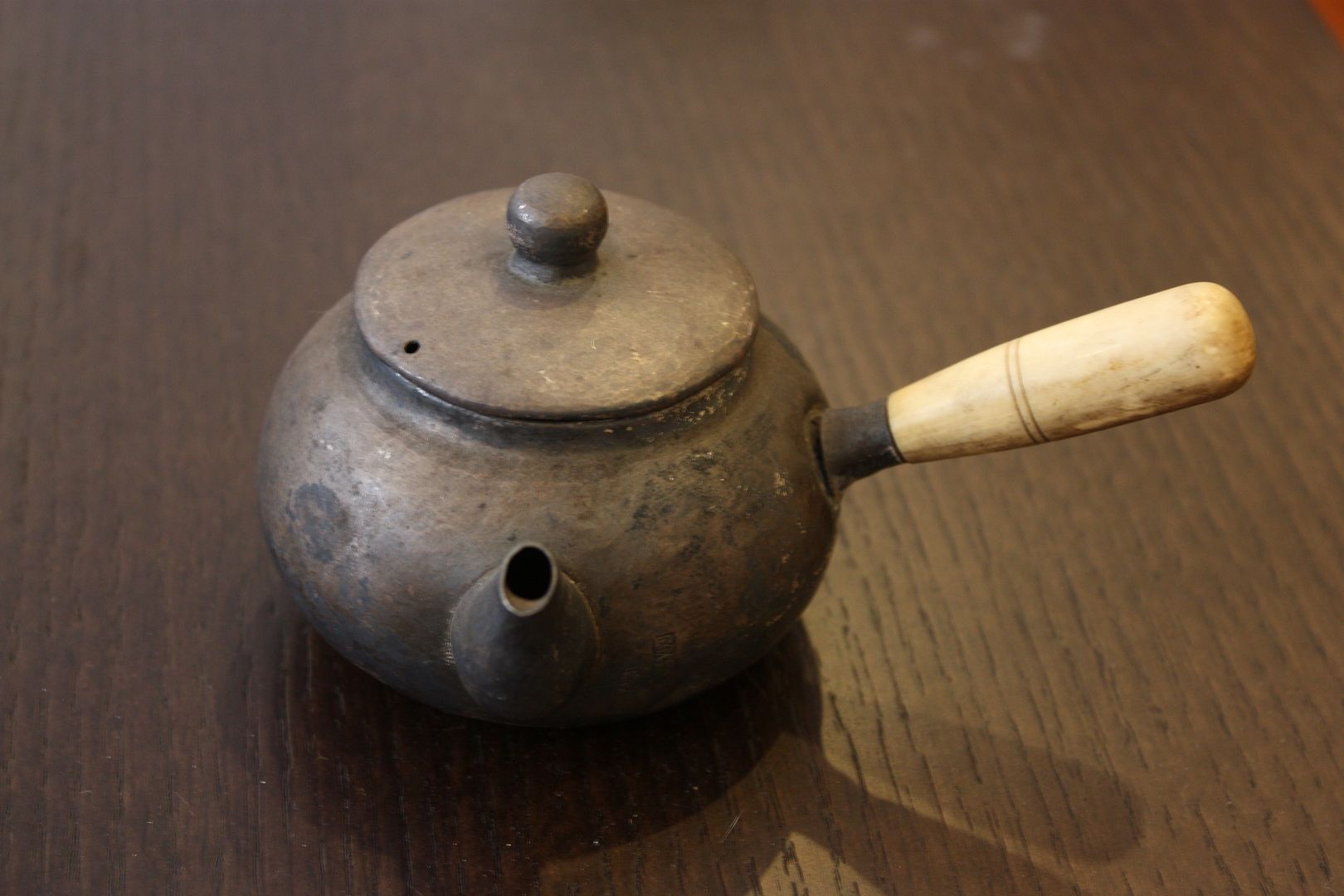
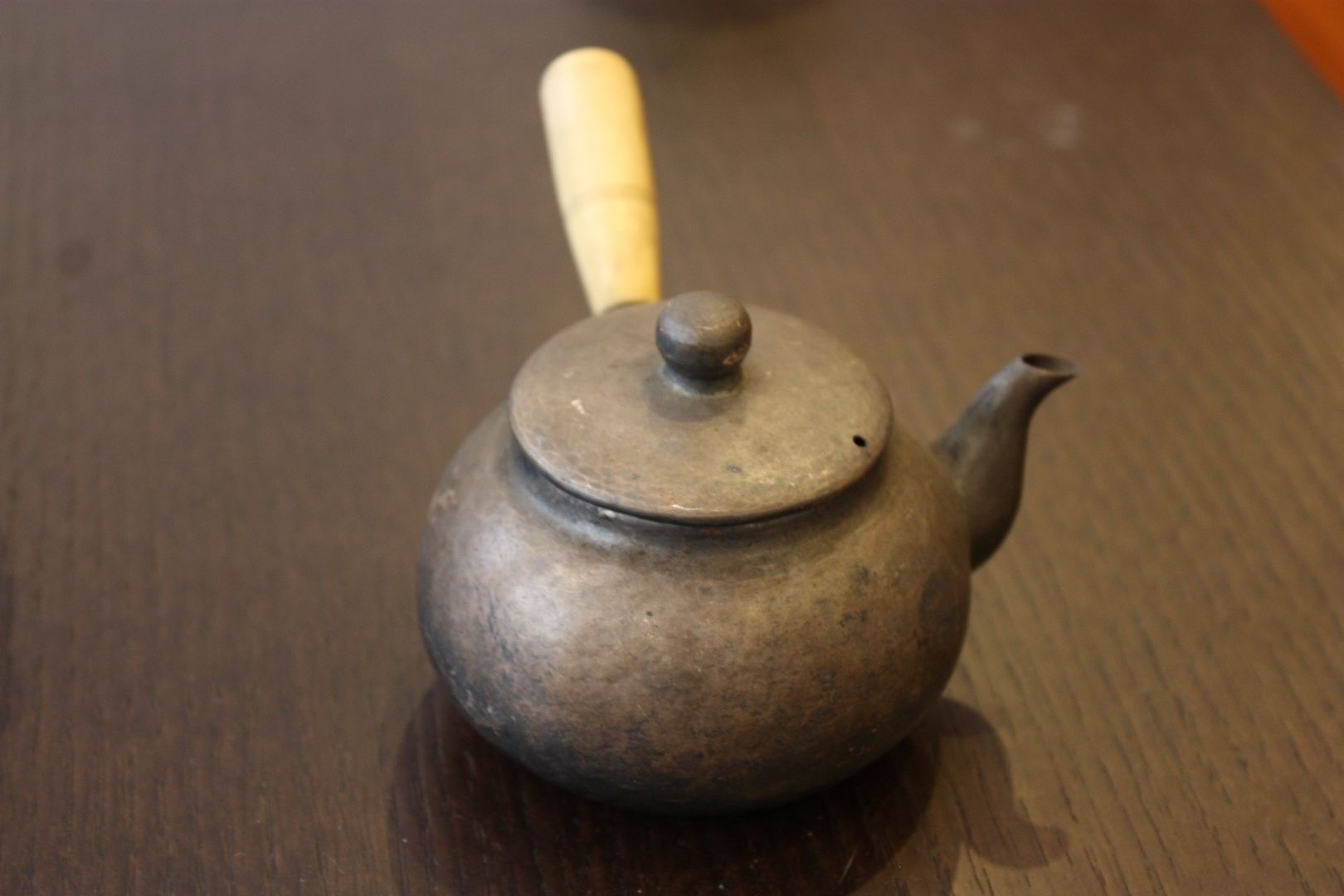
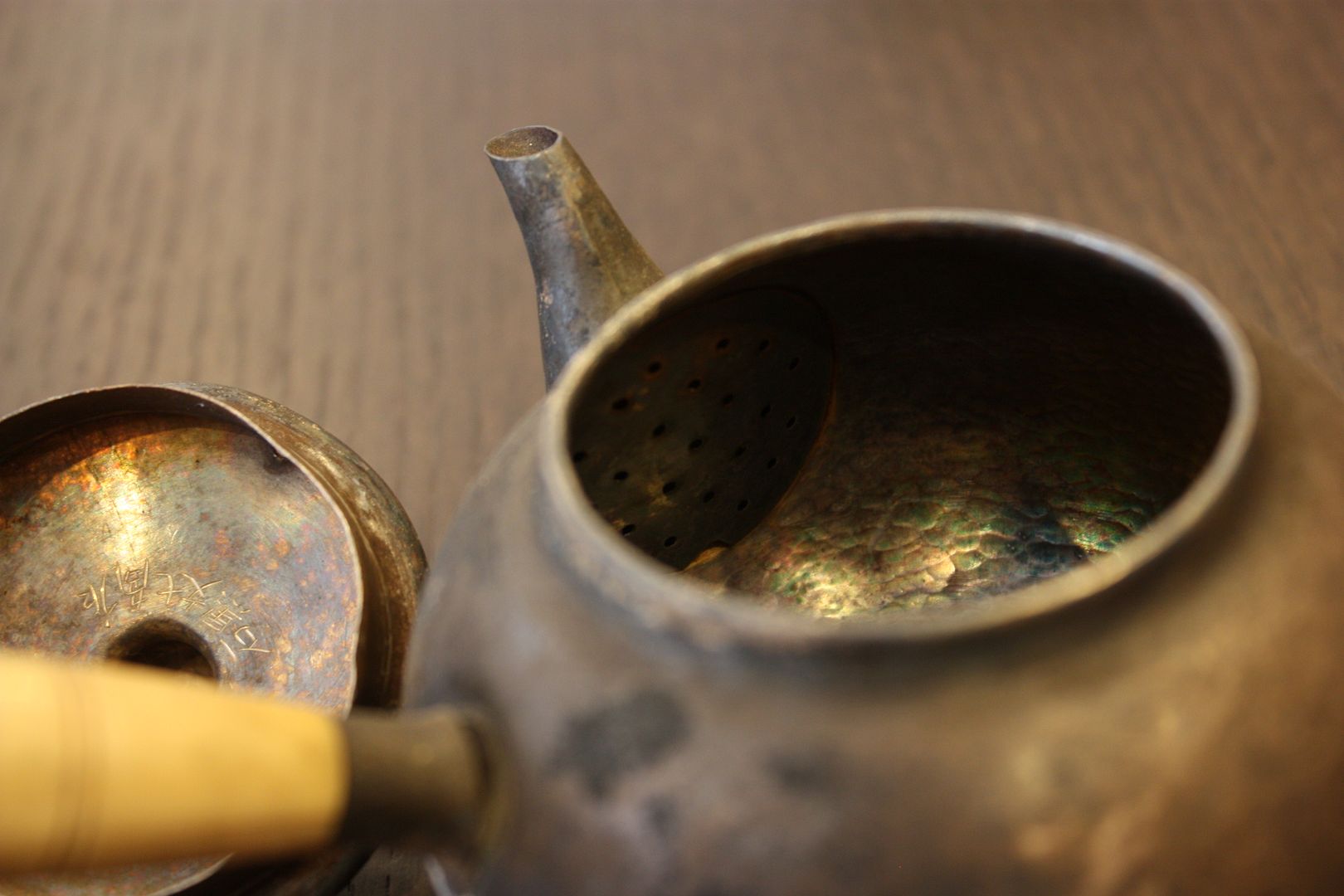
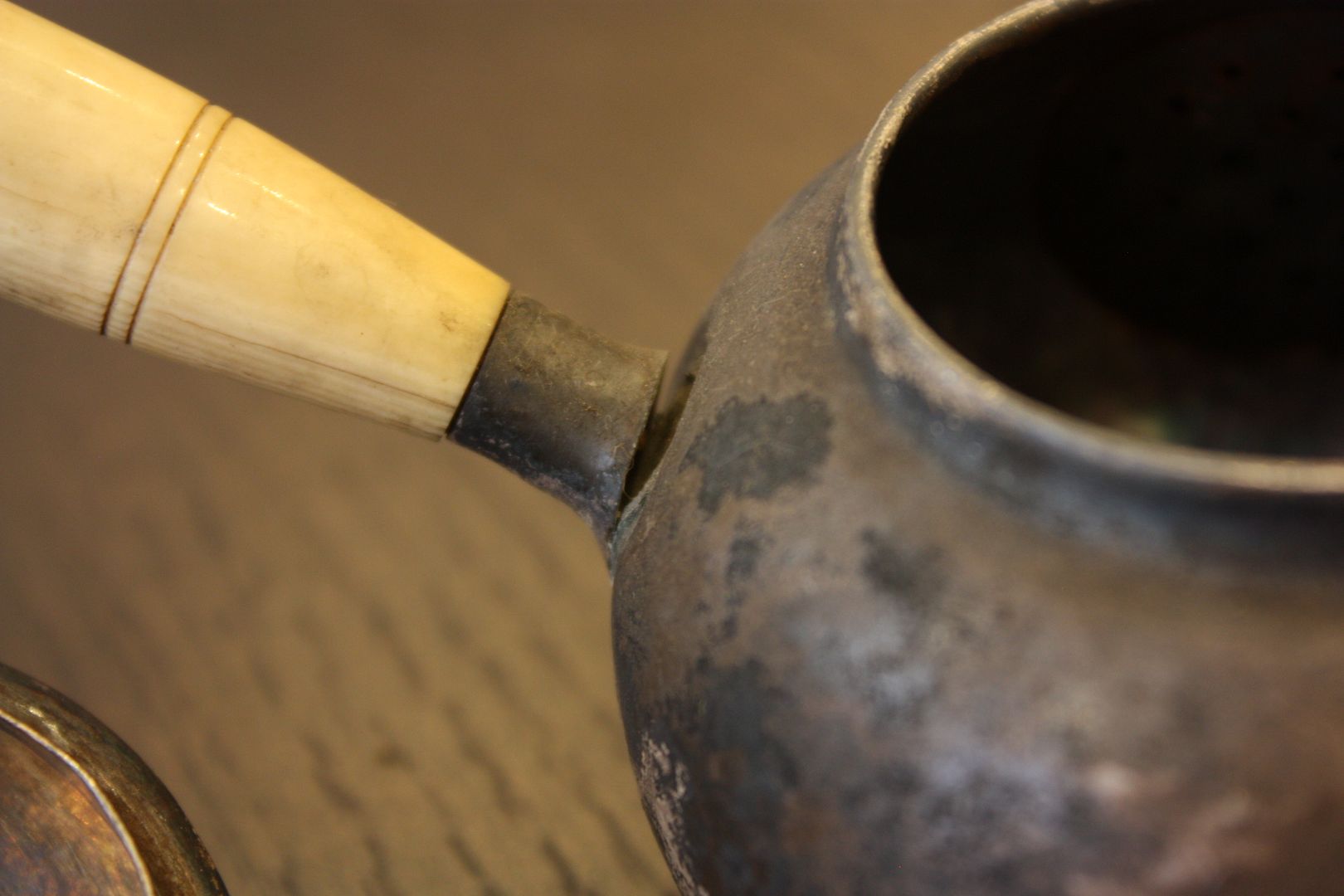
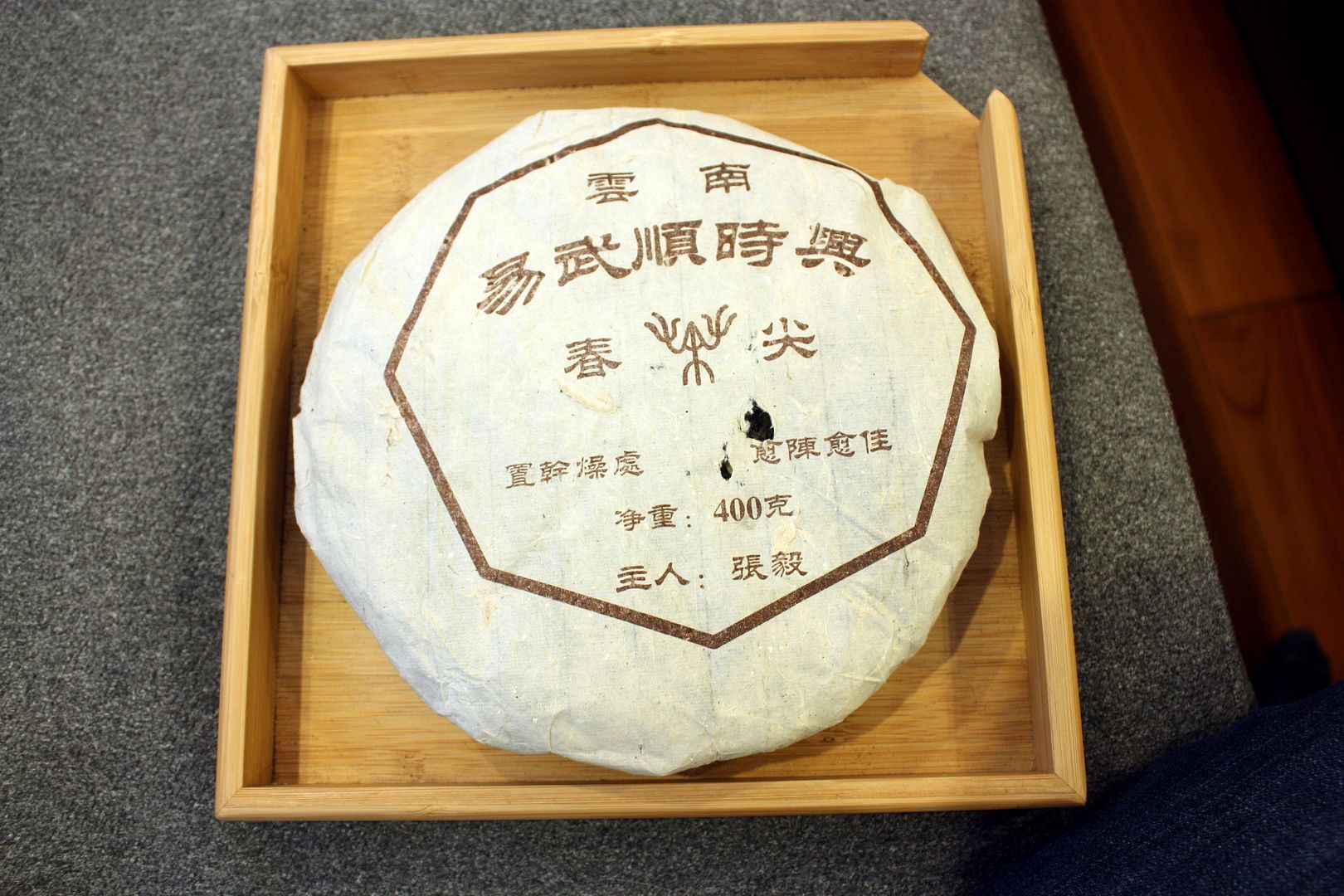
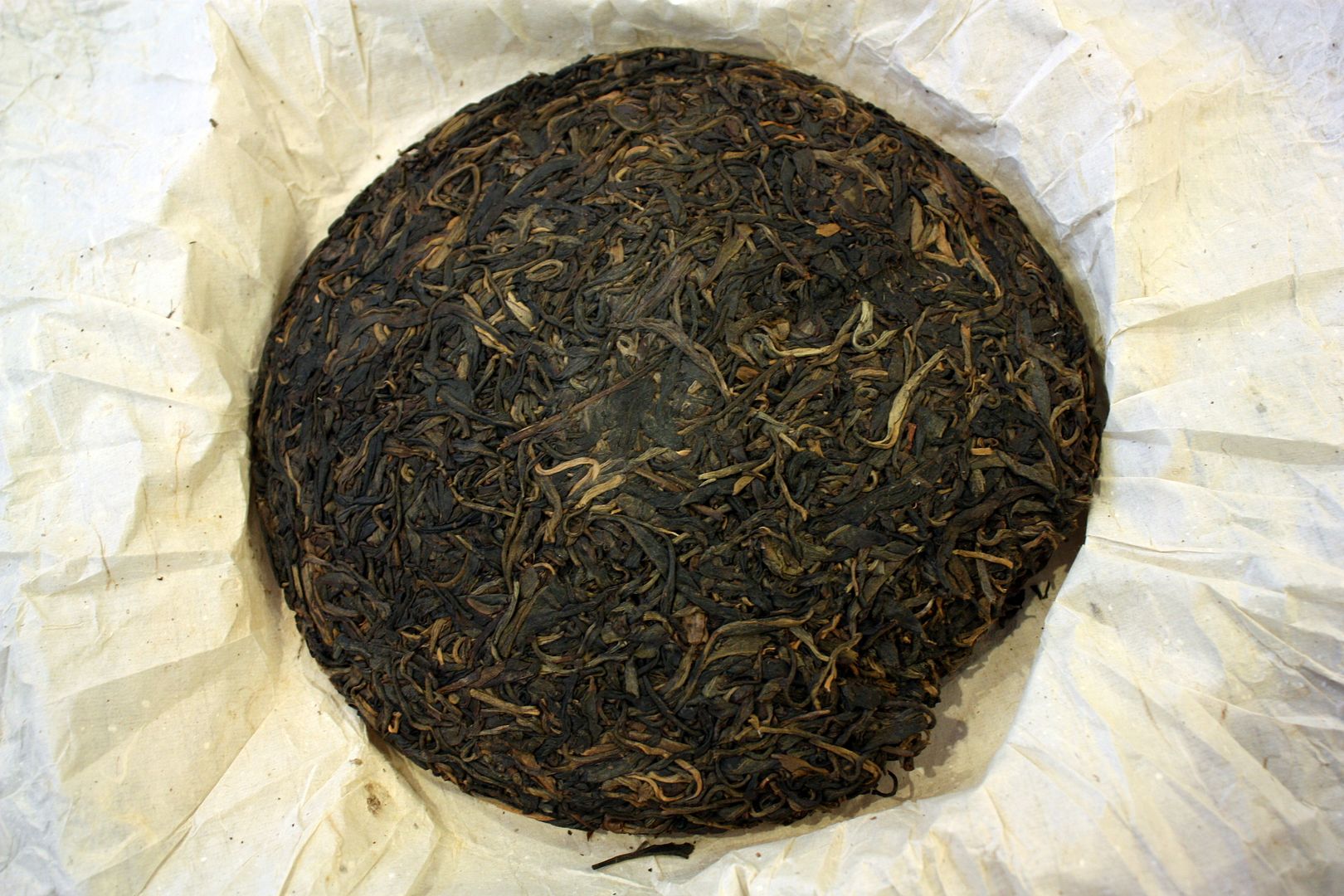
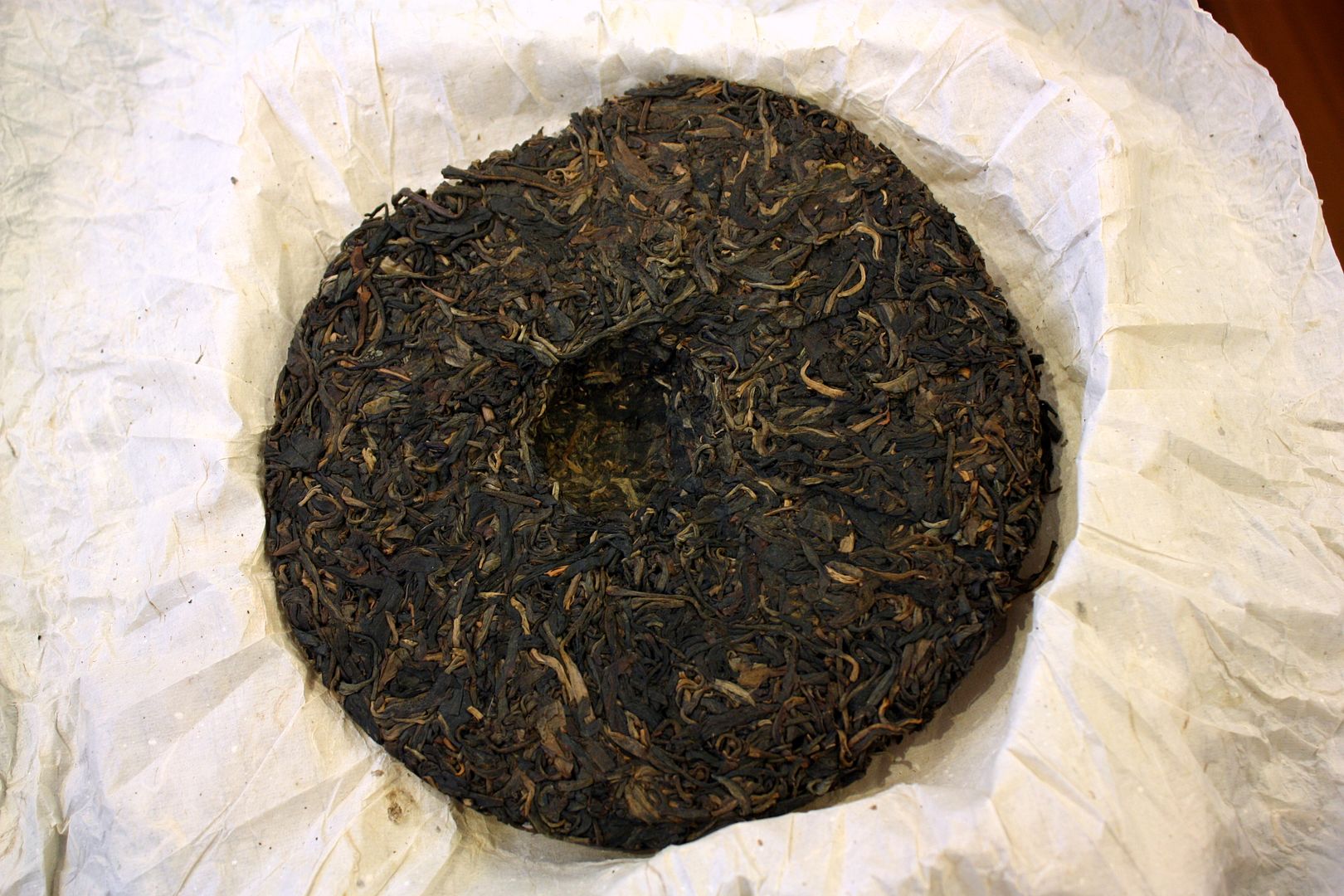
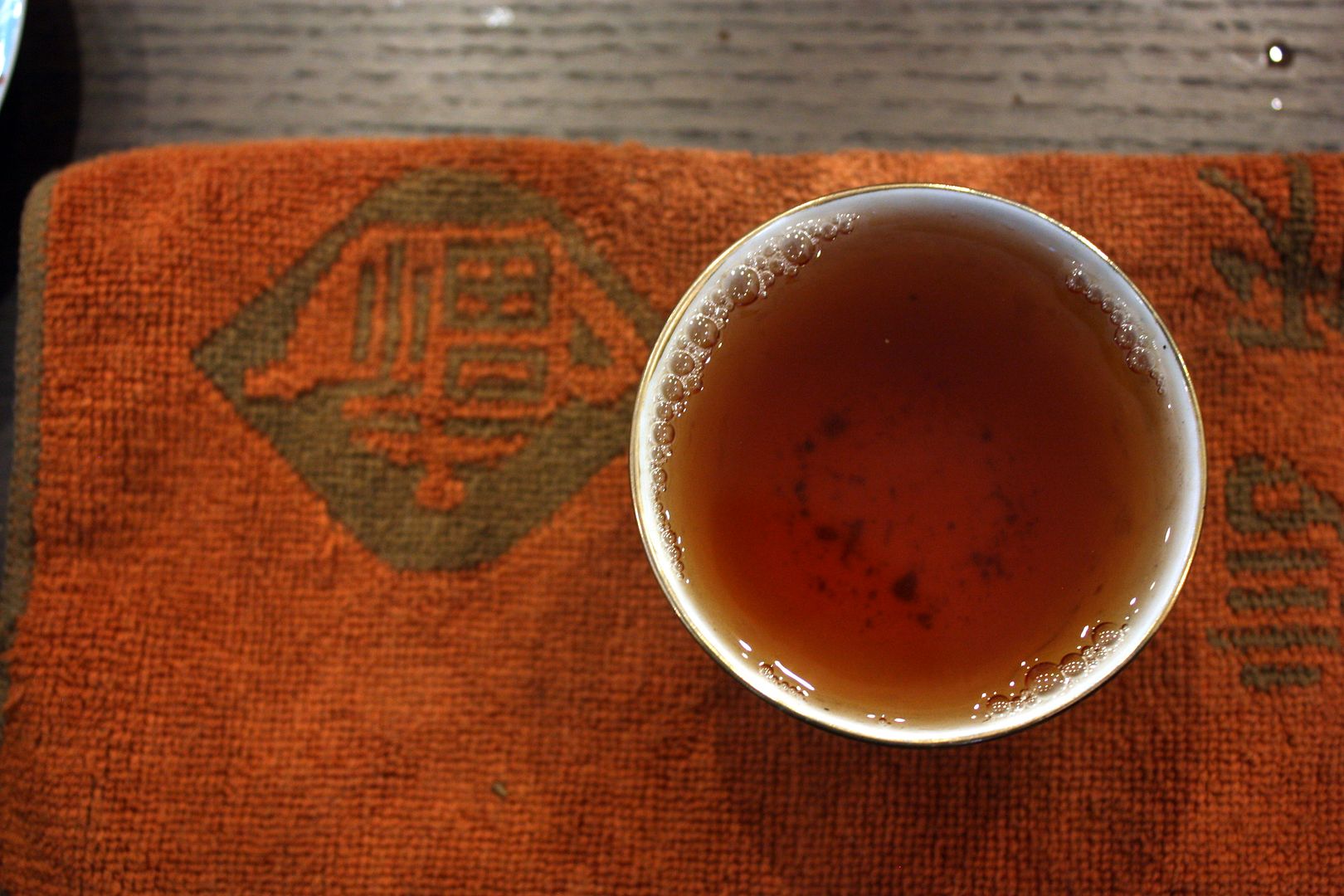
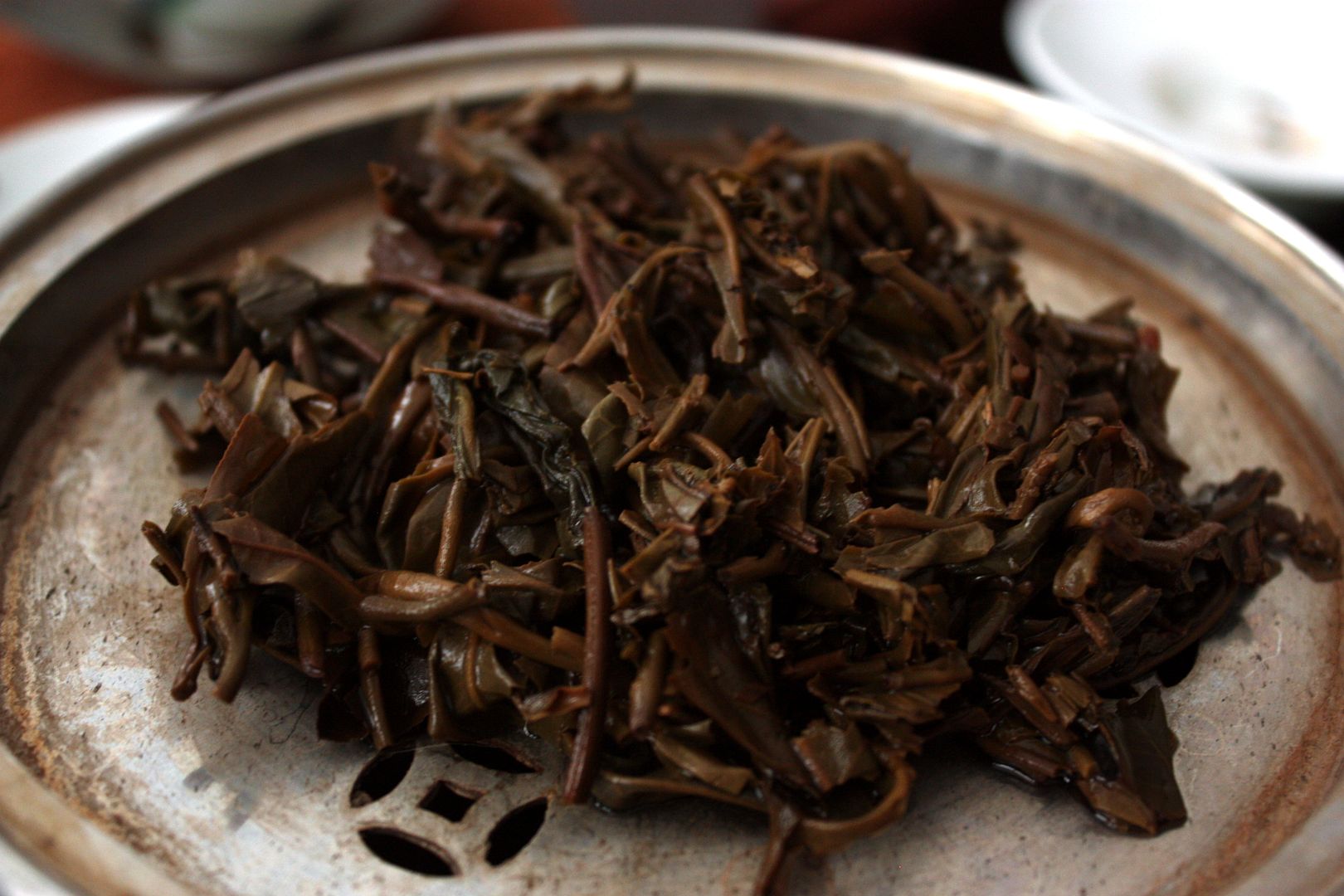
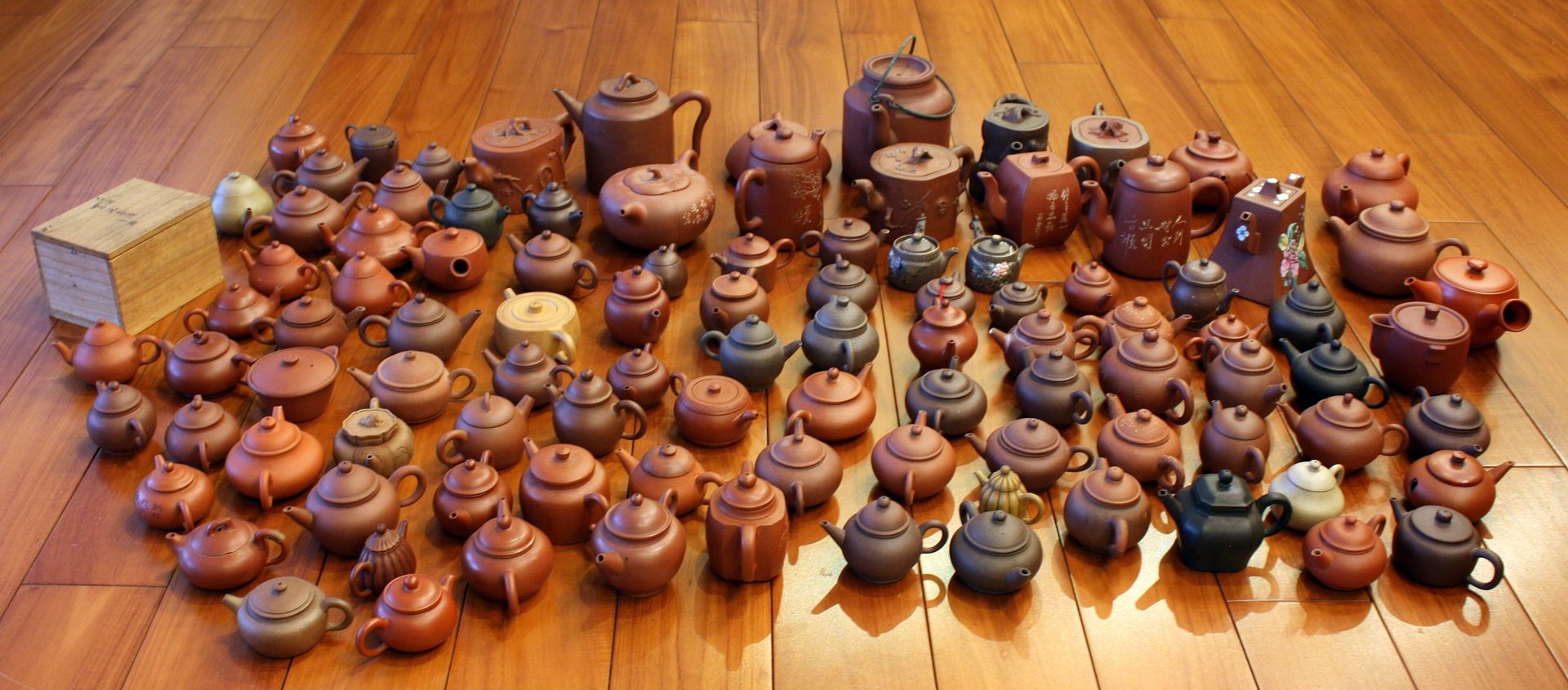
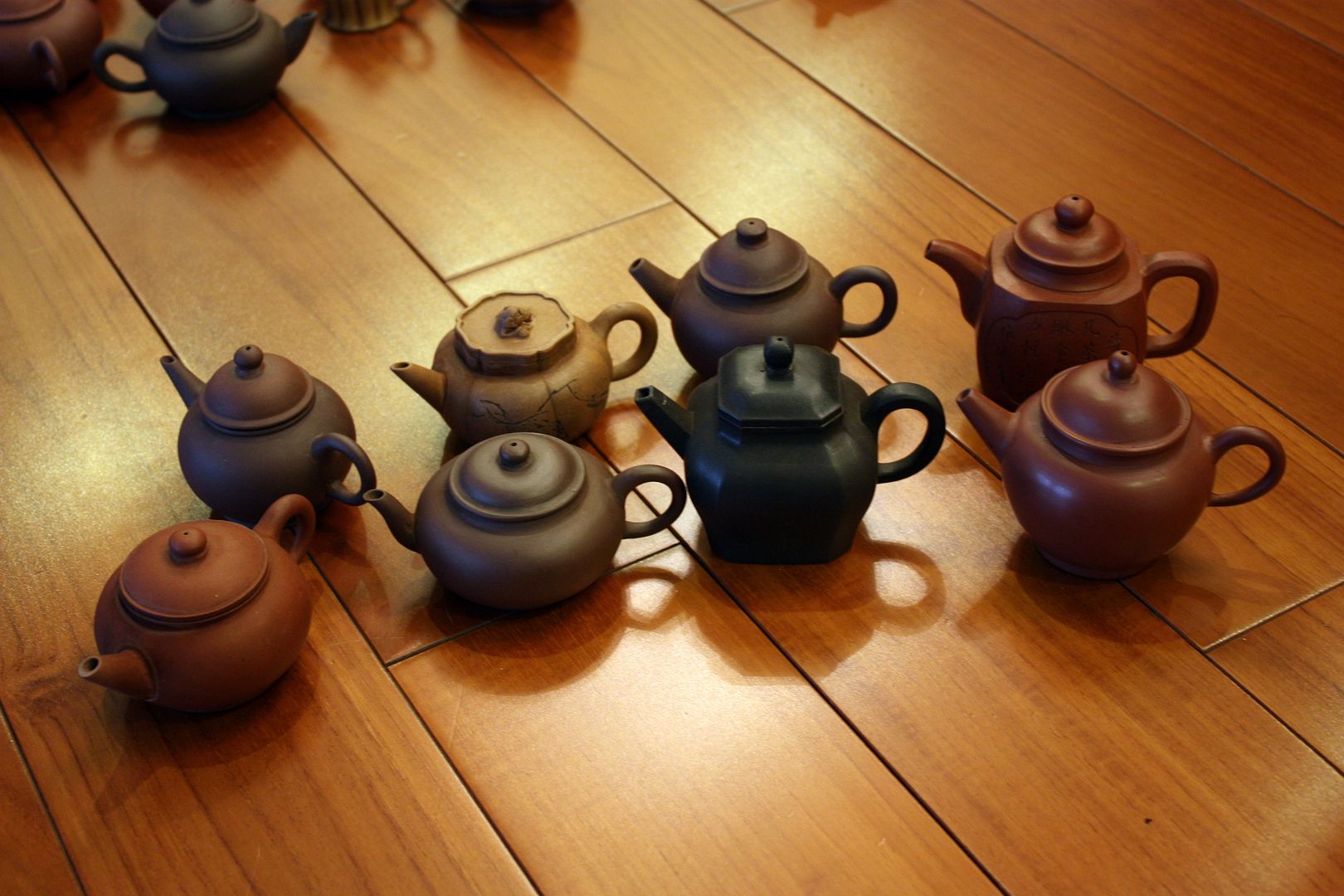
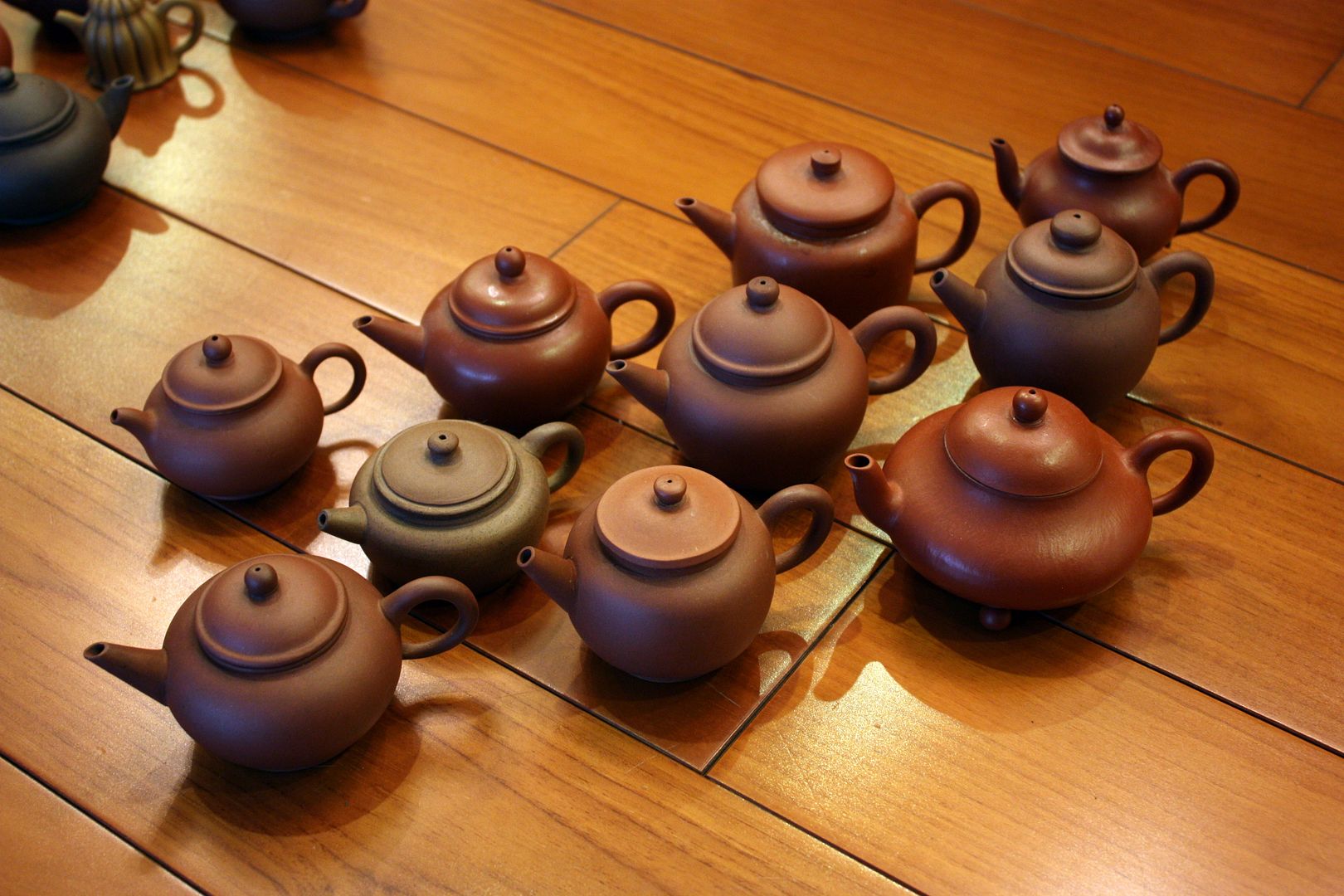
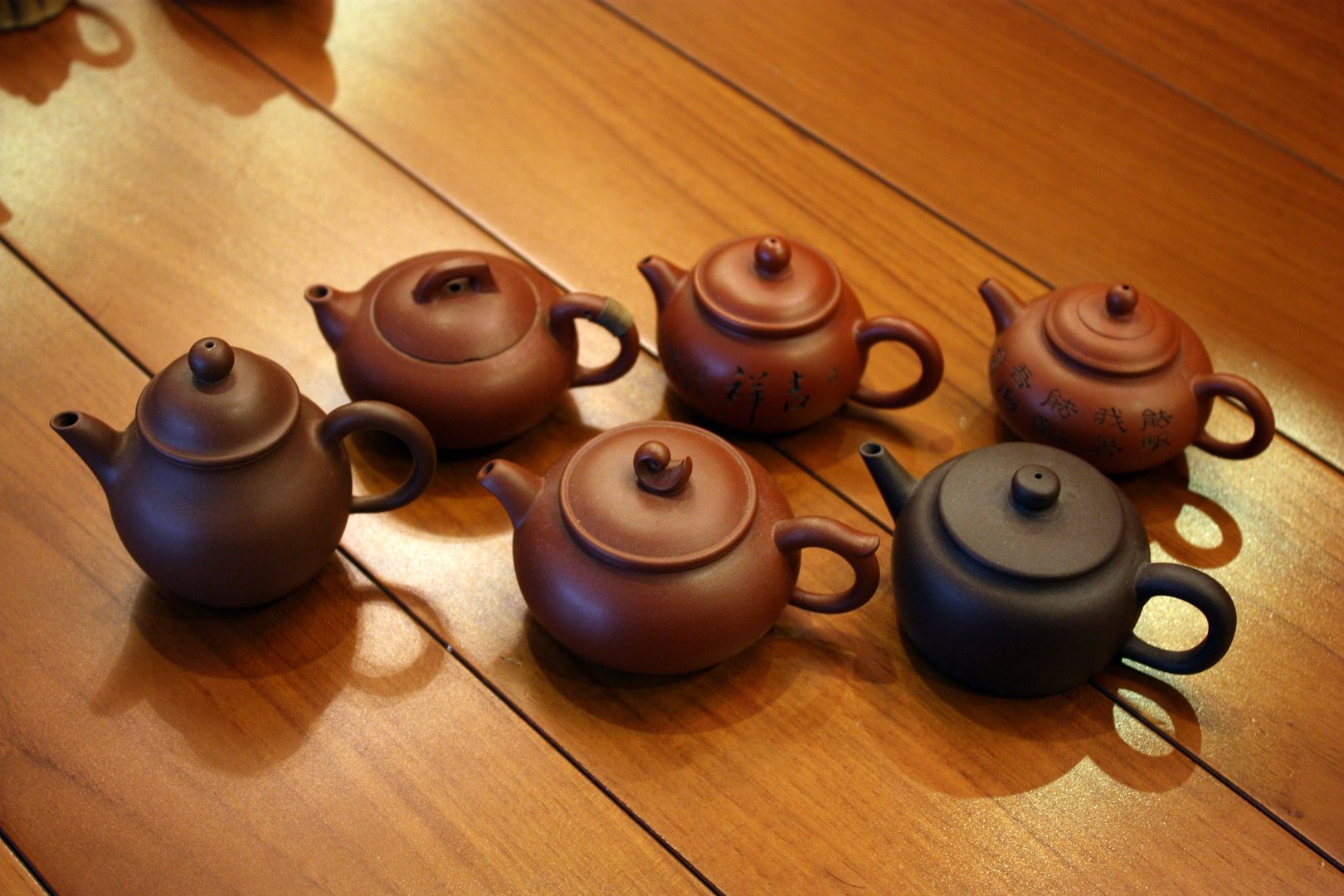
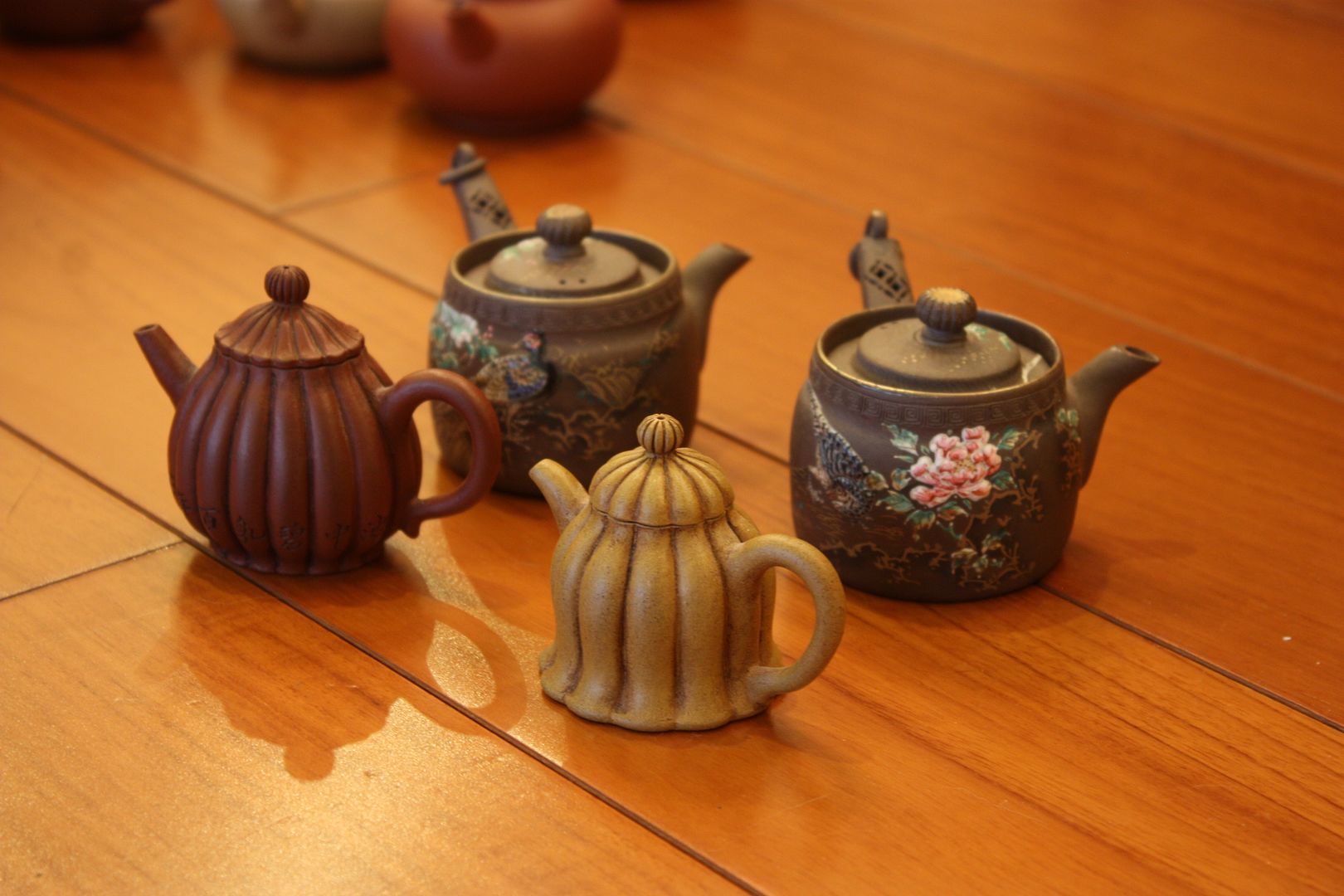
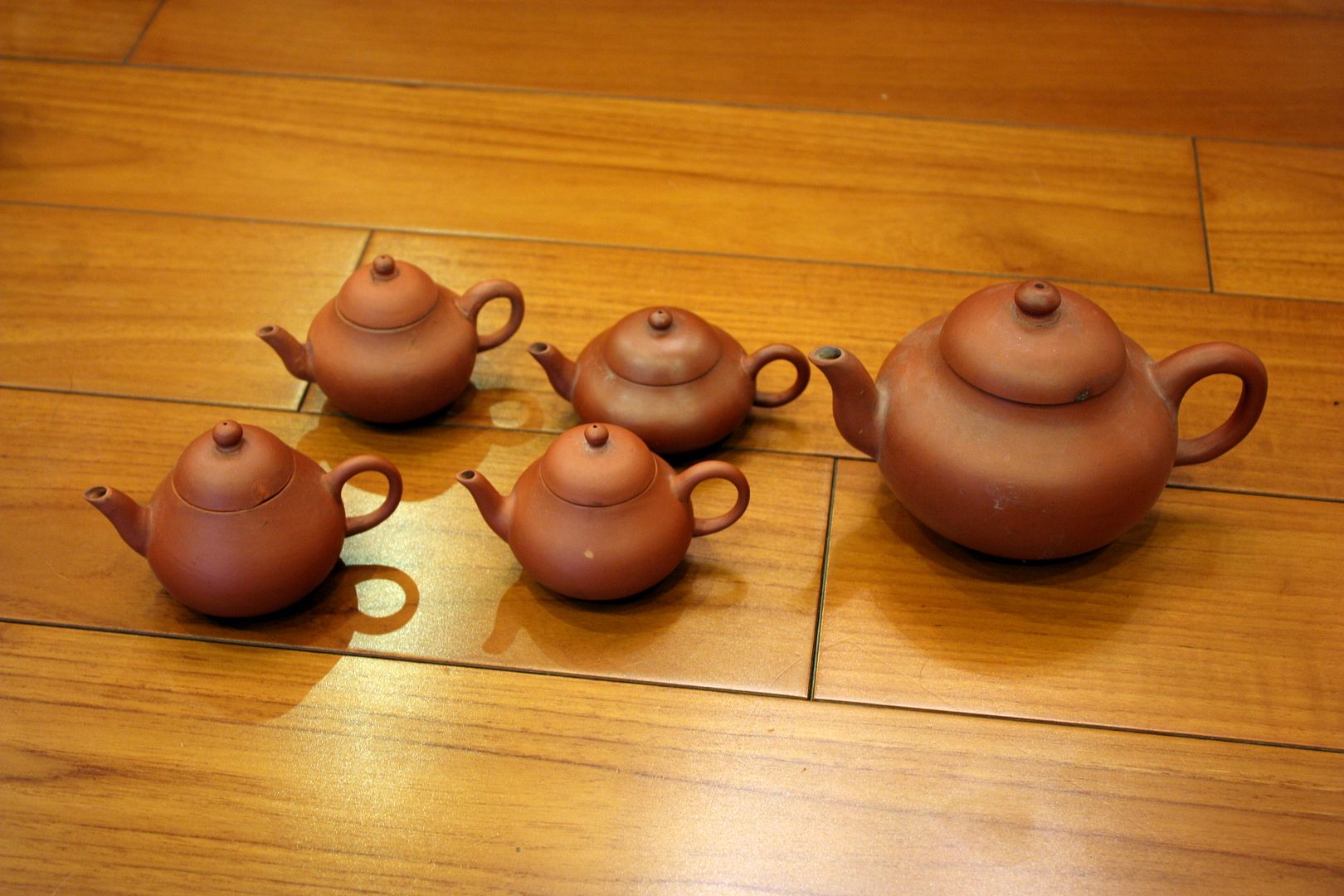
 RSS - Posts
RSS - Posts
Interesting.... would 250C in my oven work?